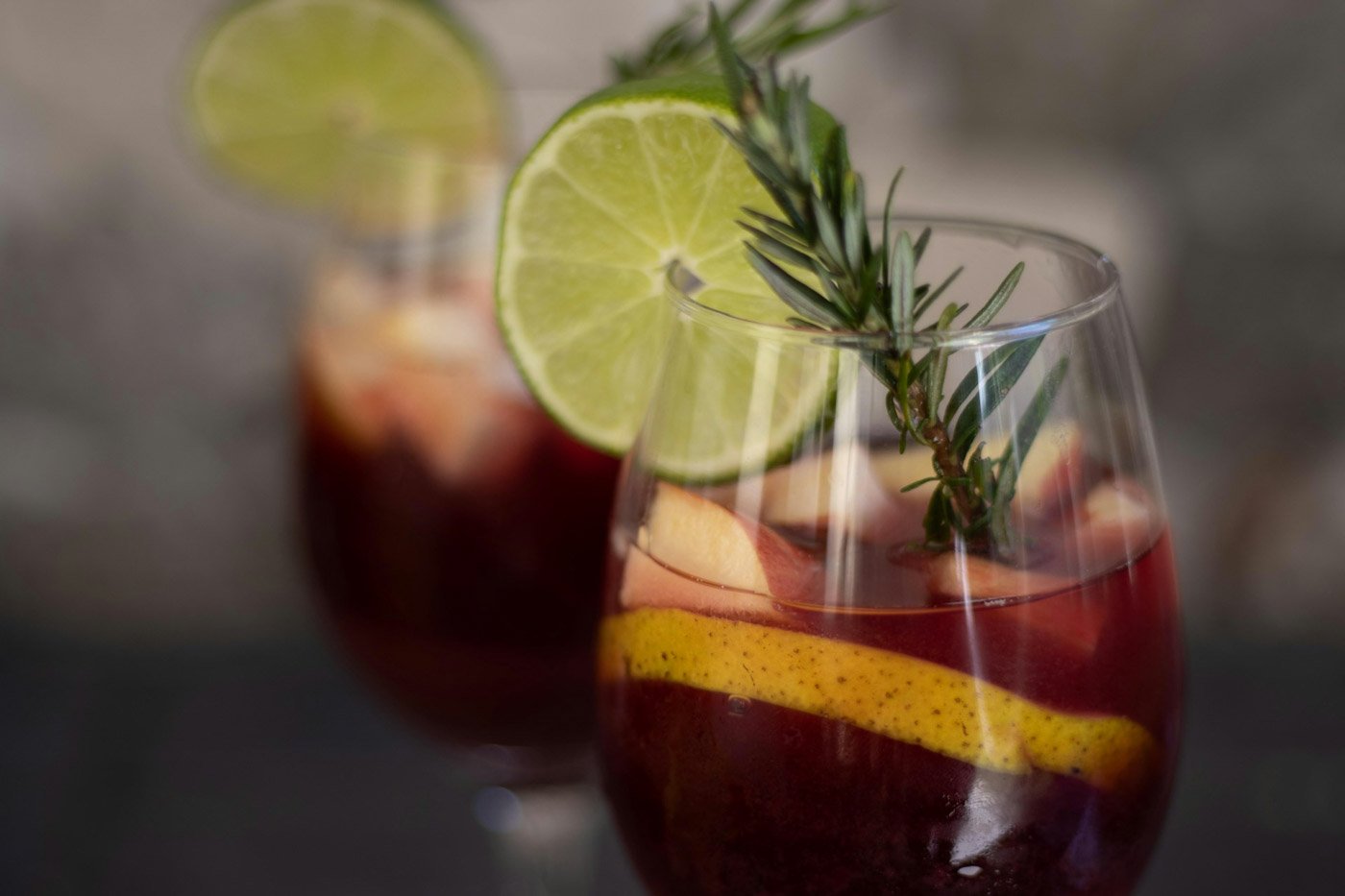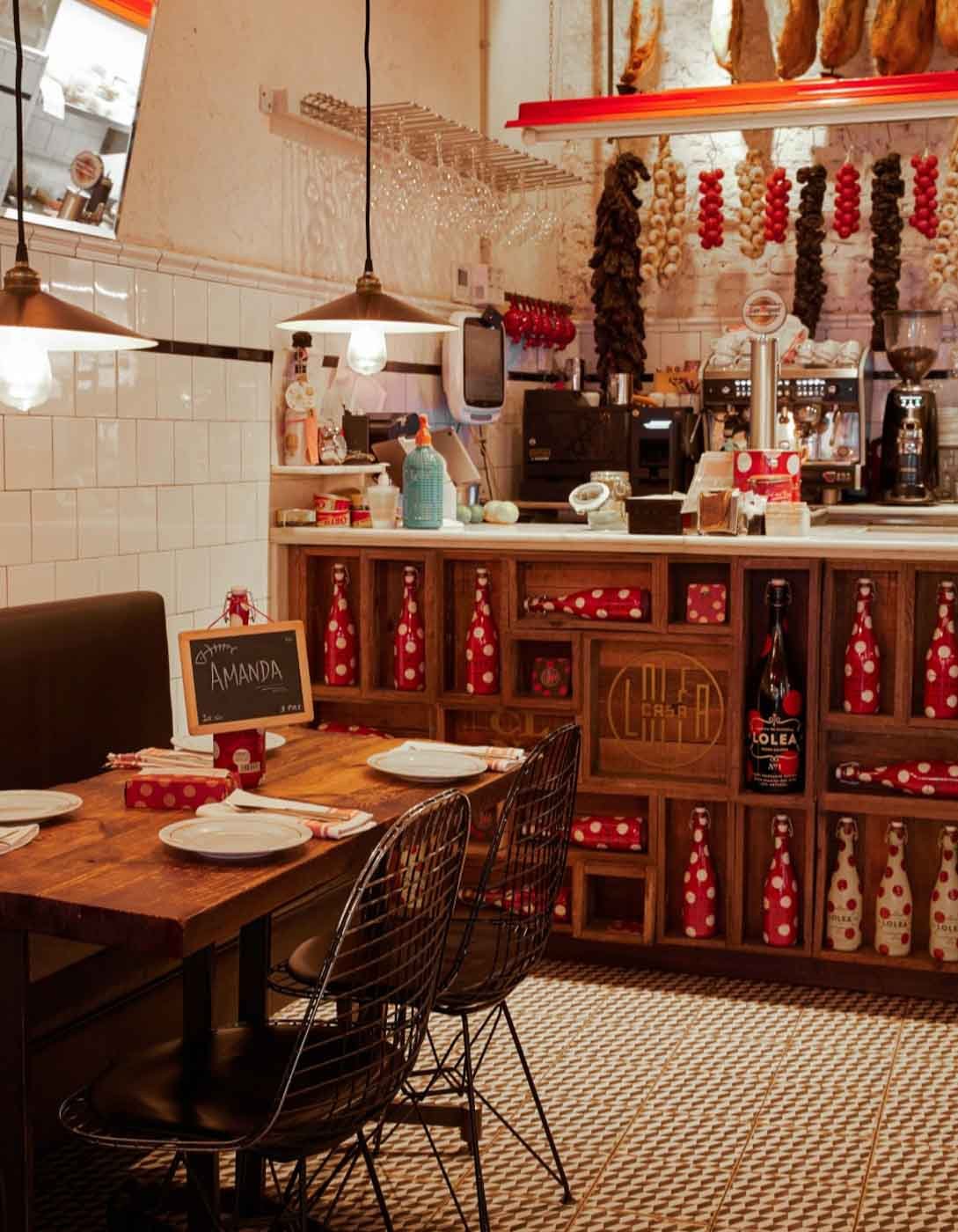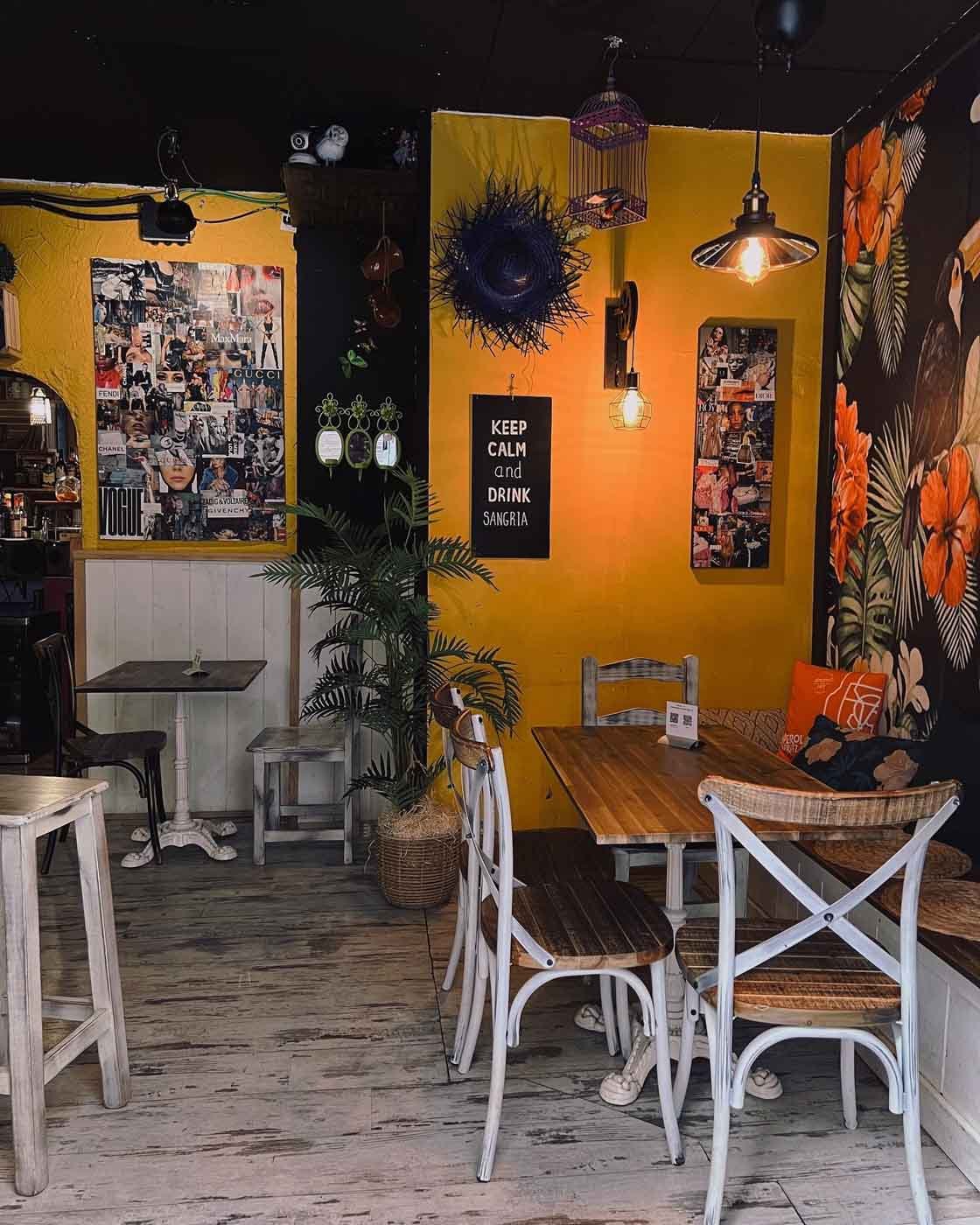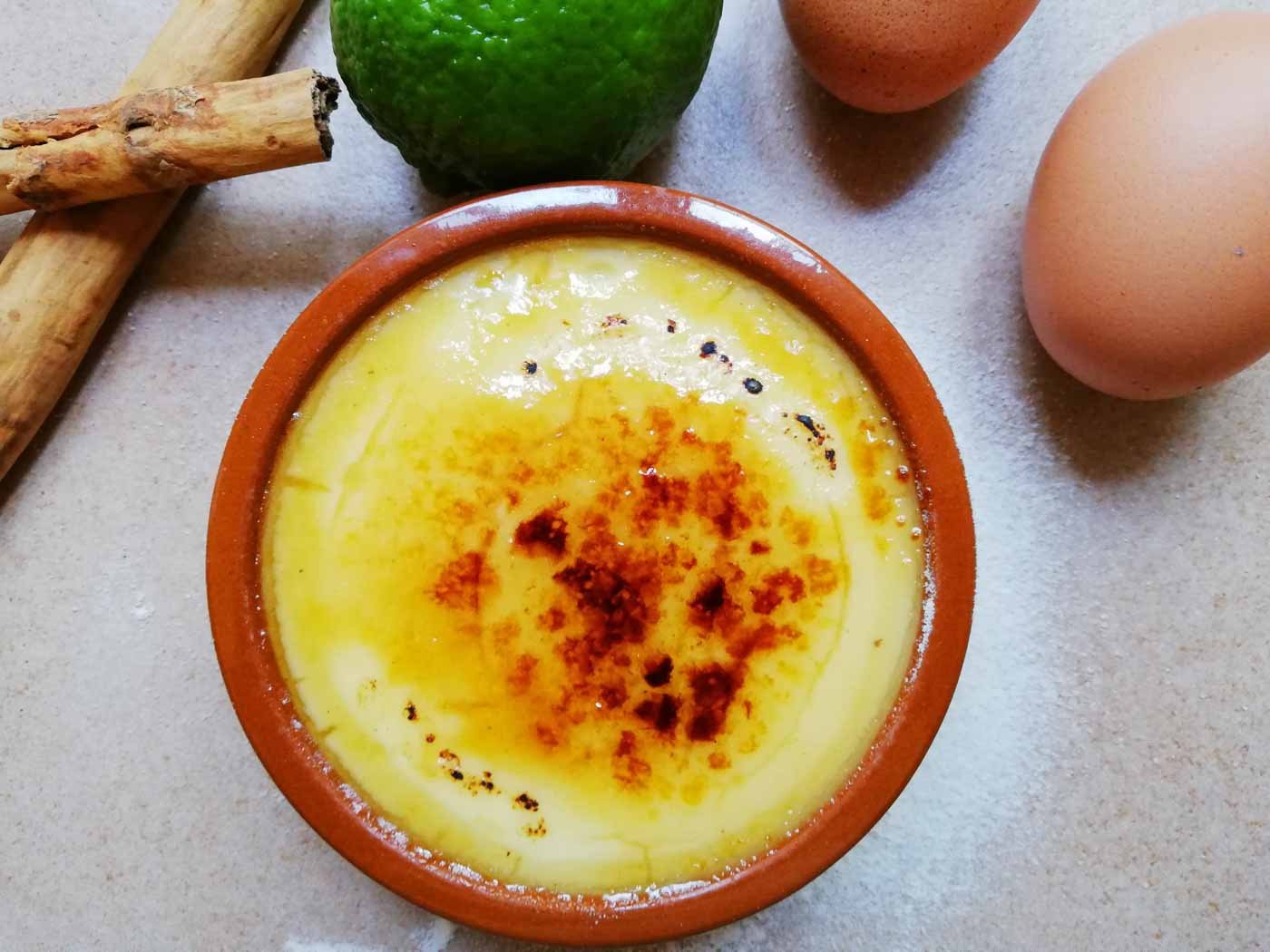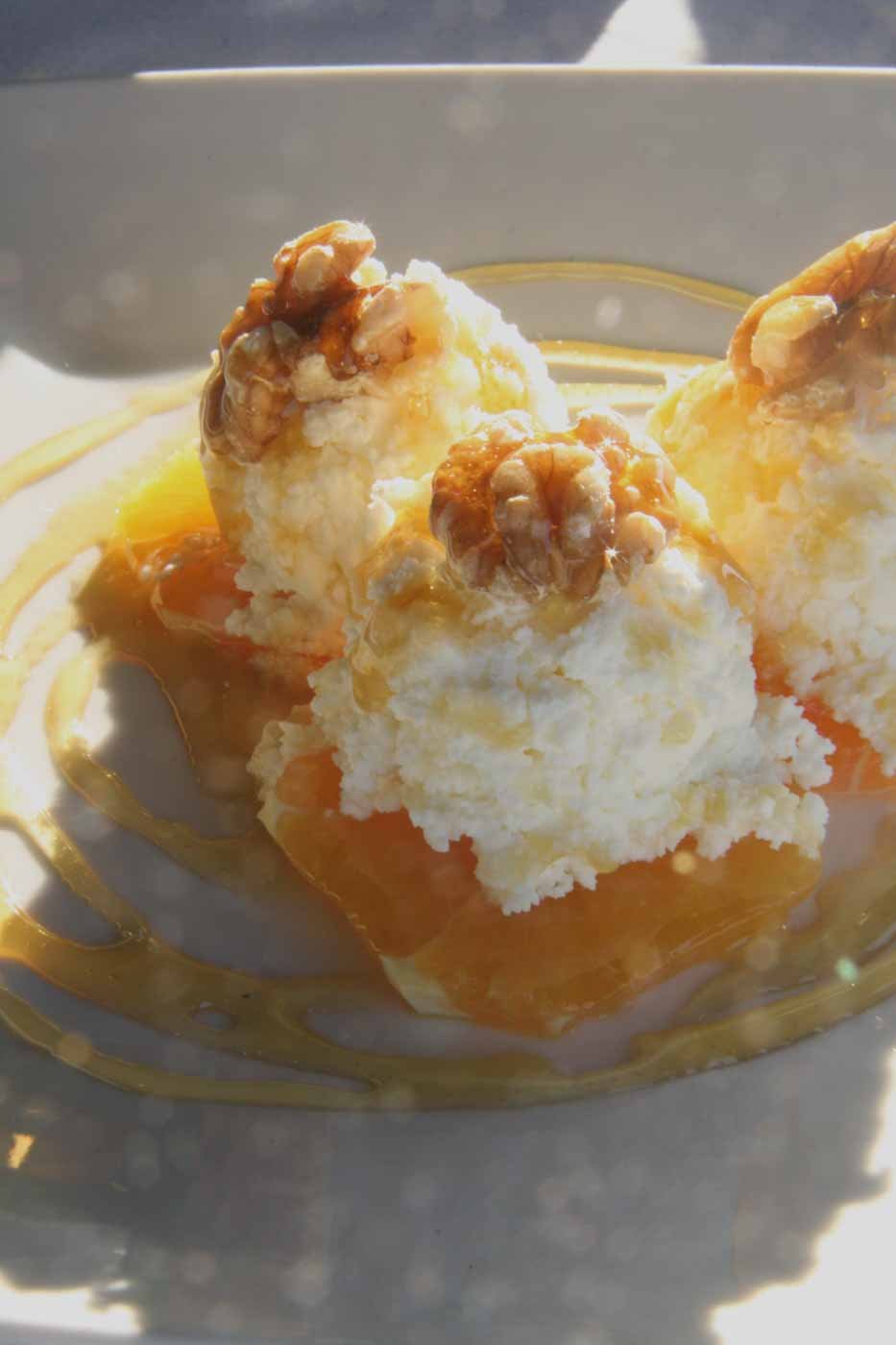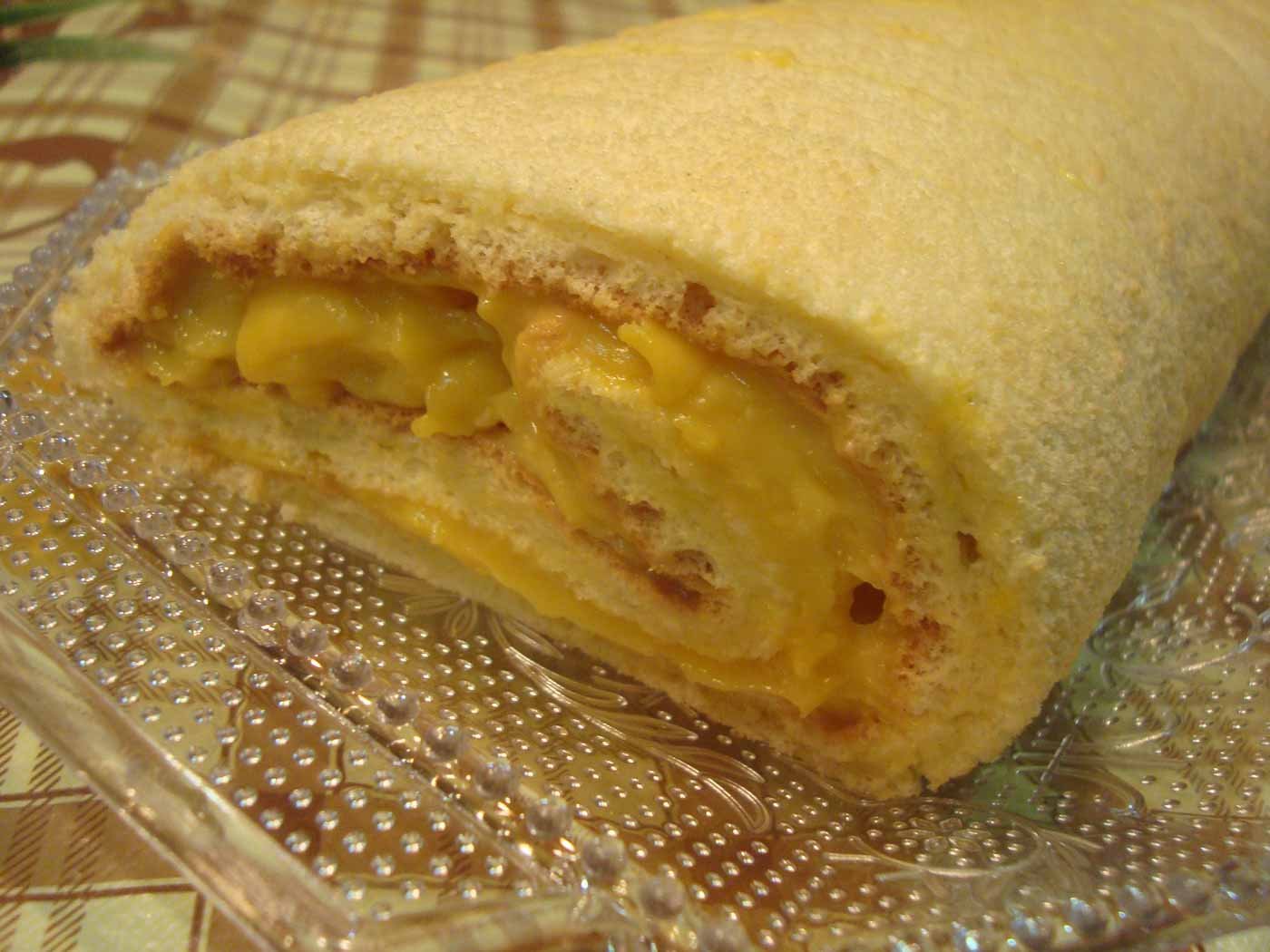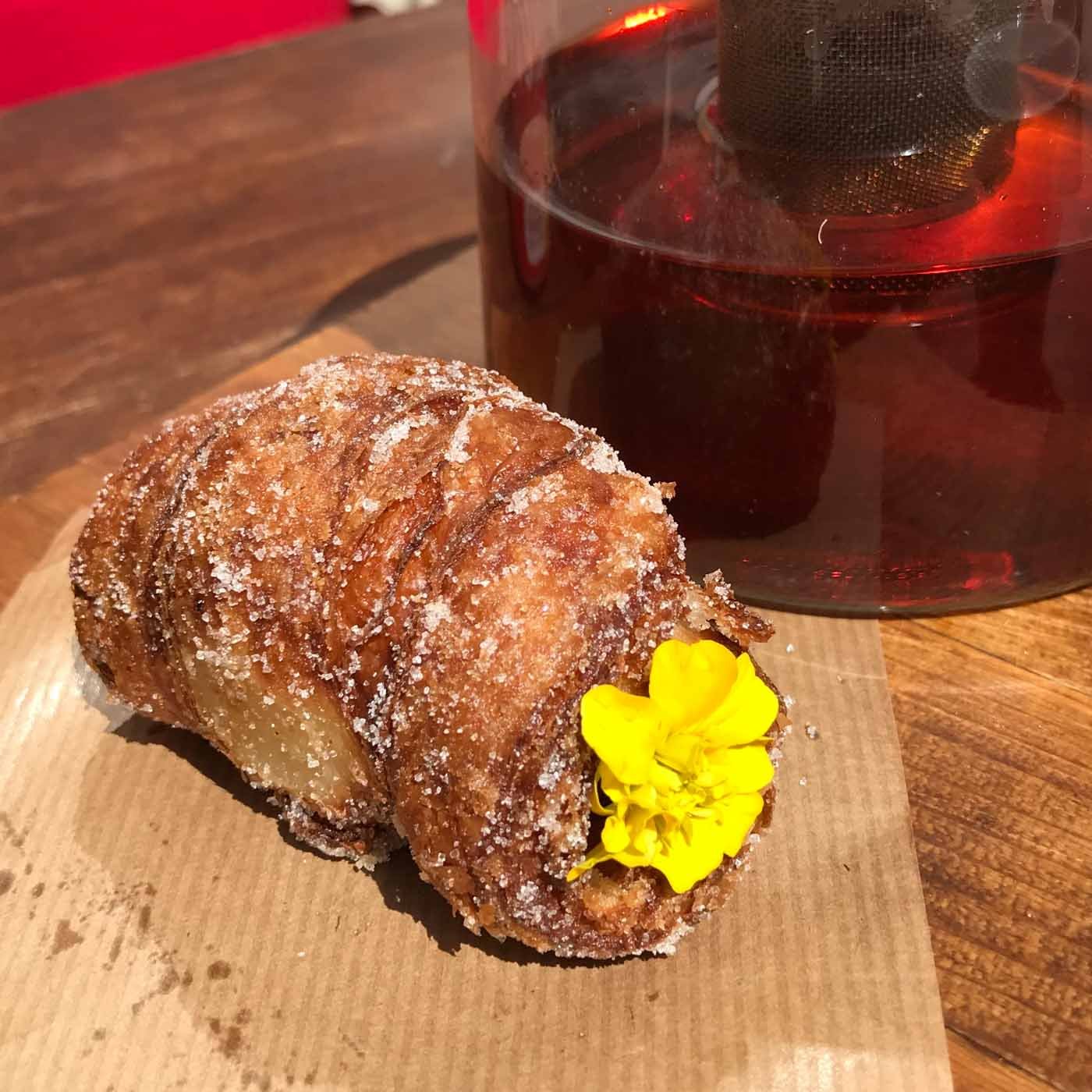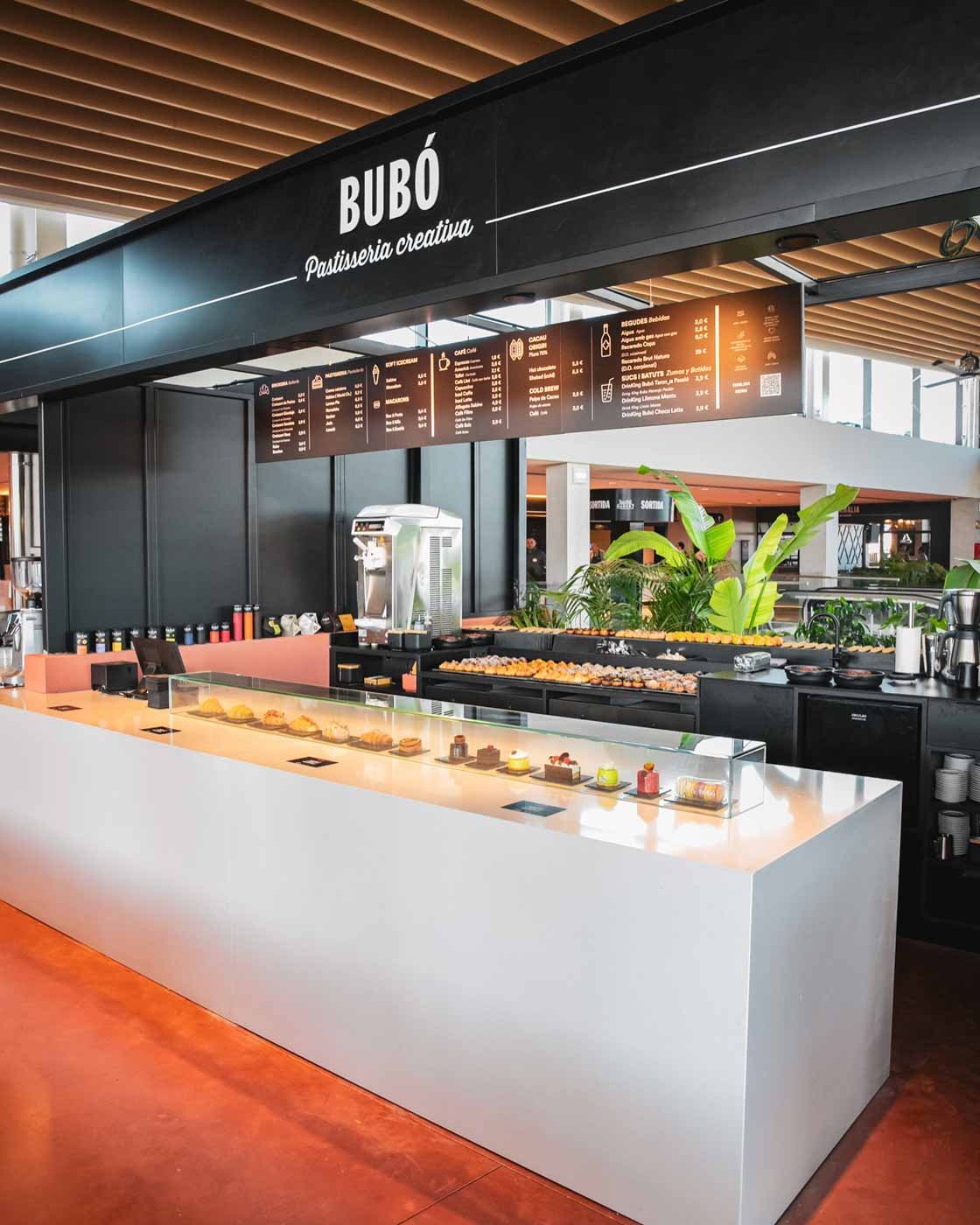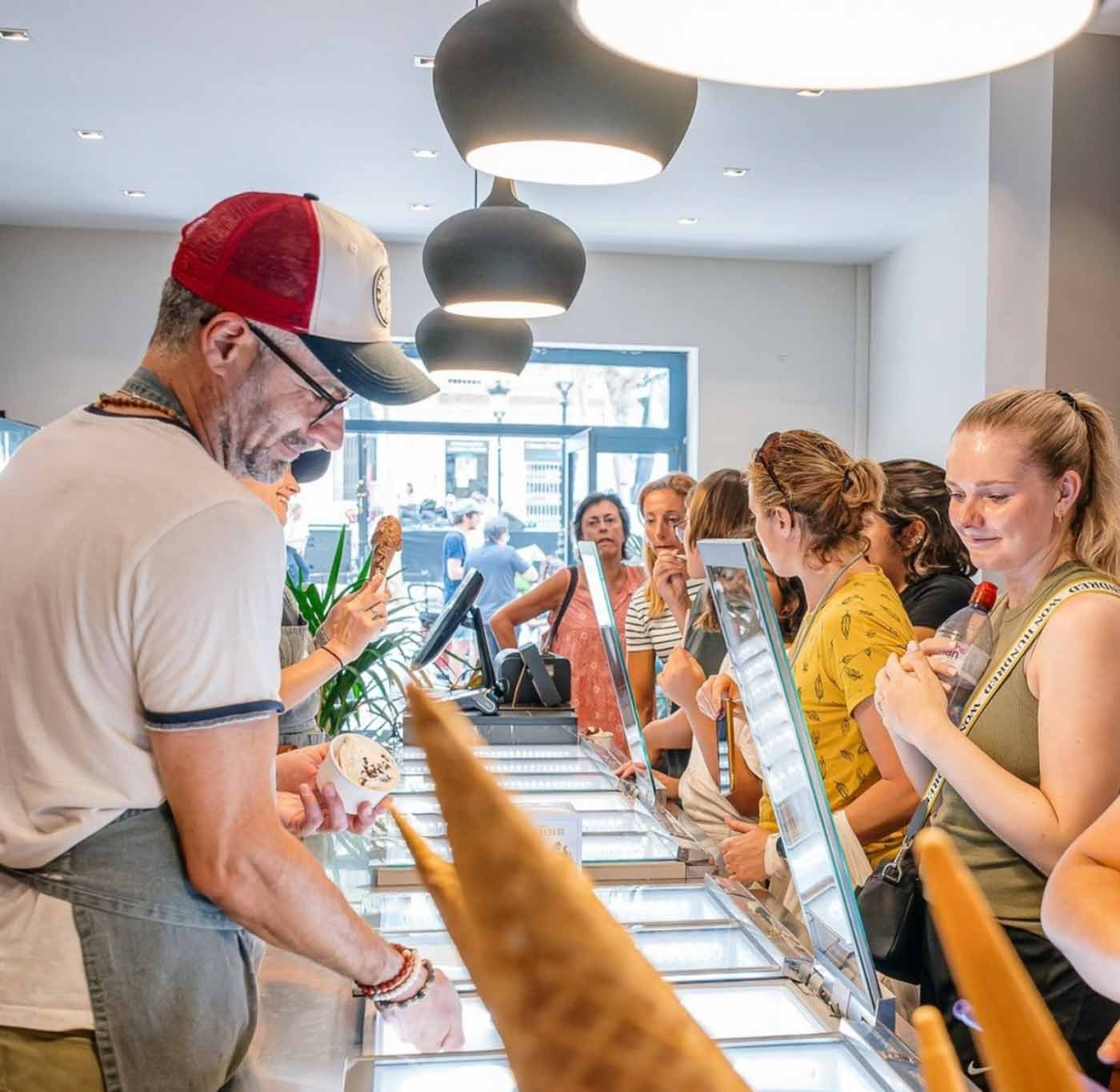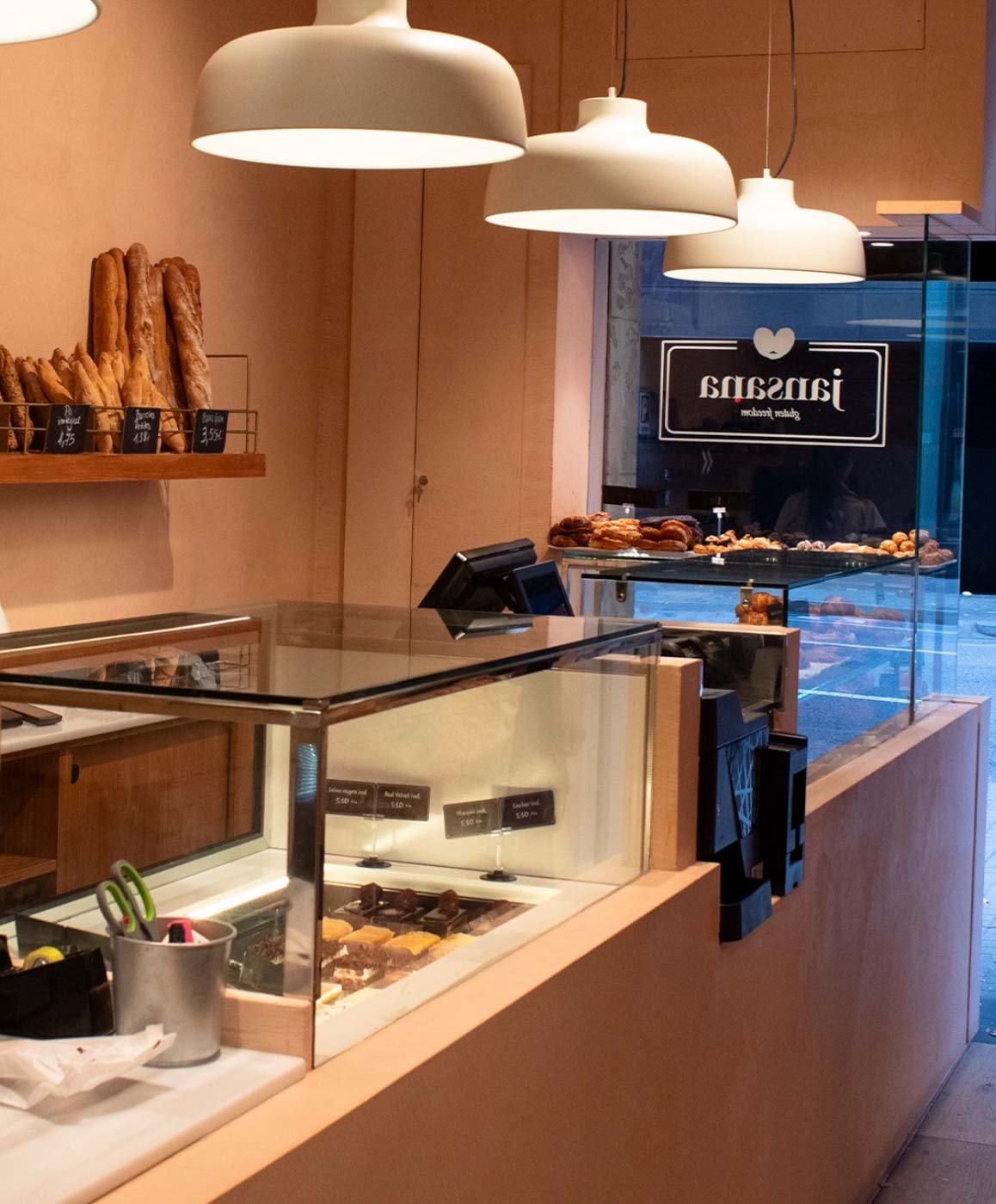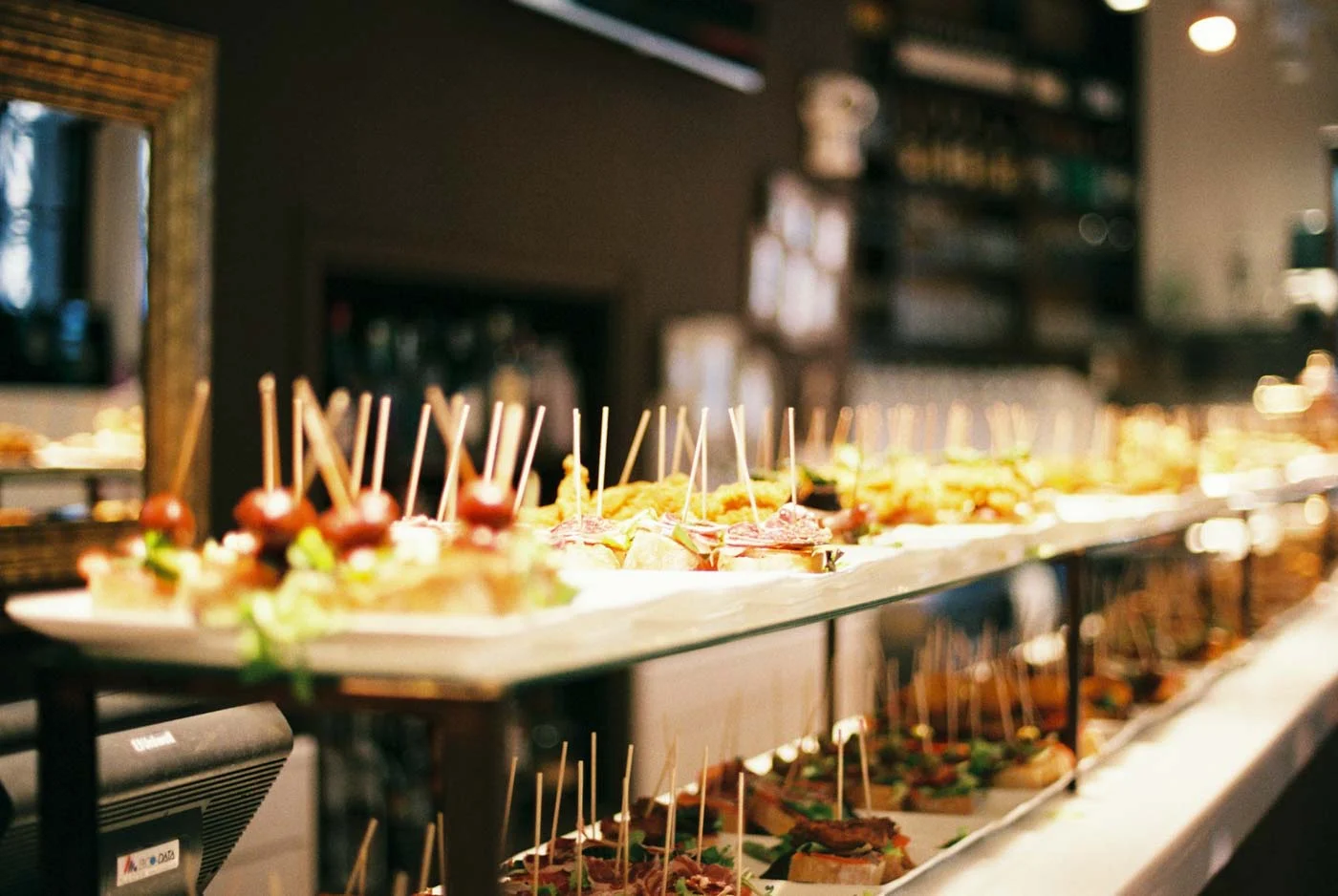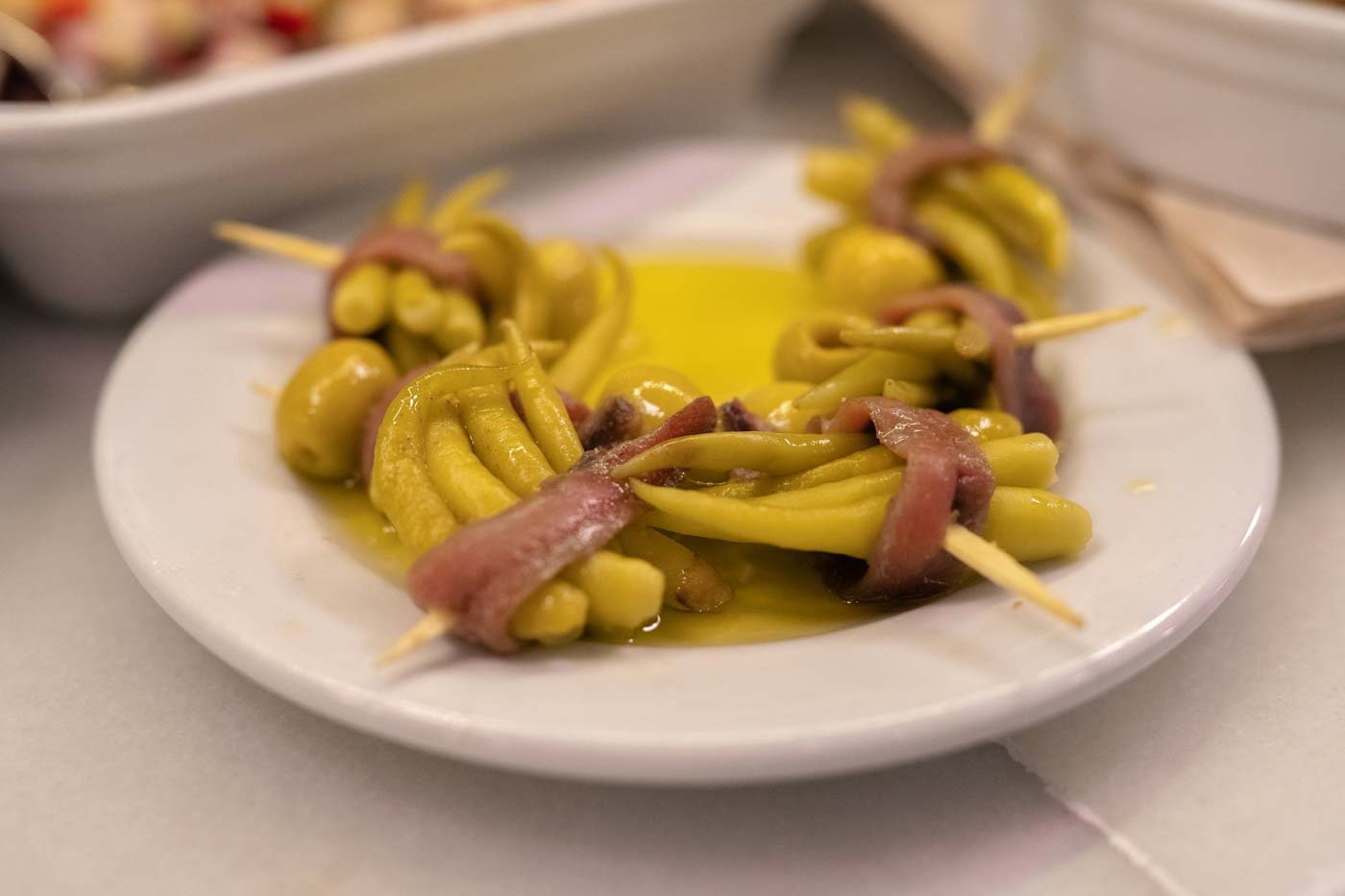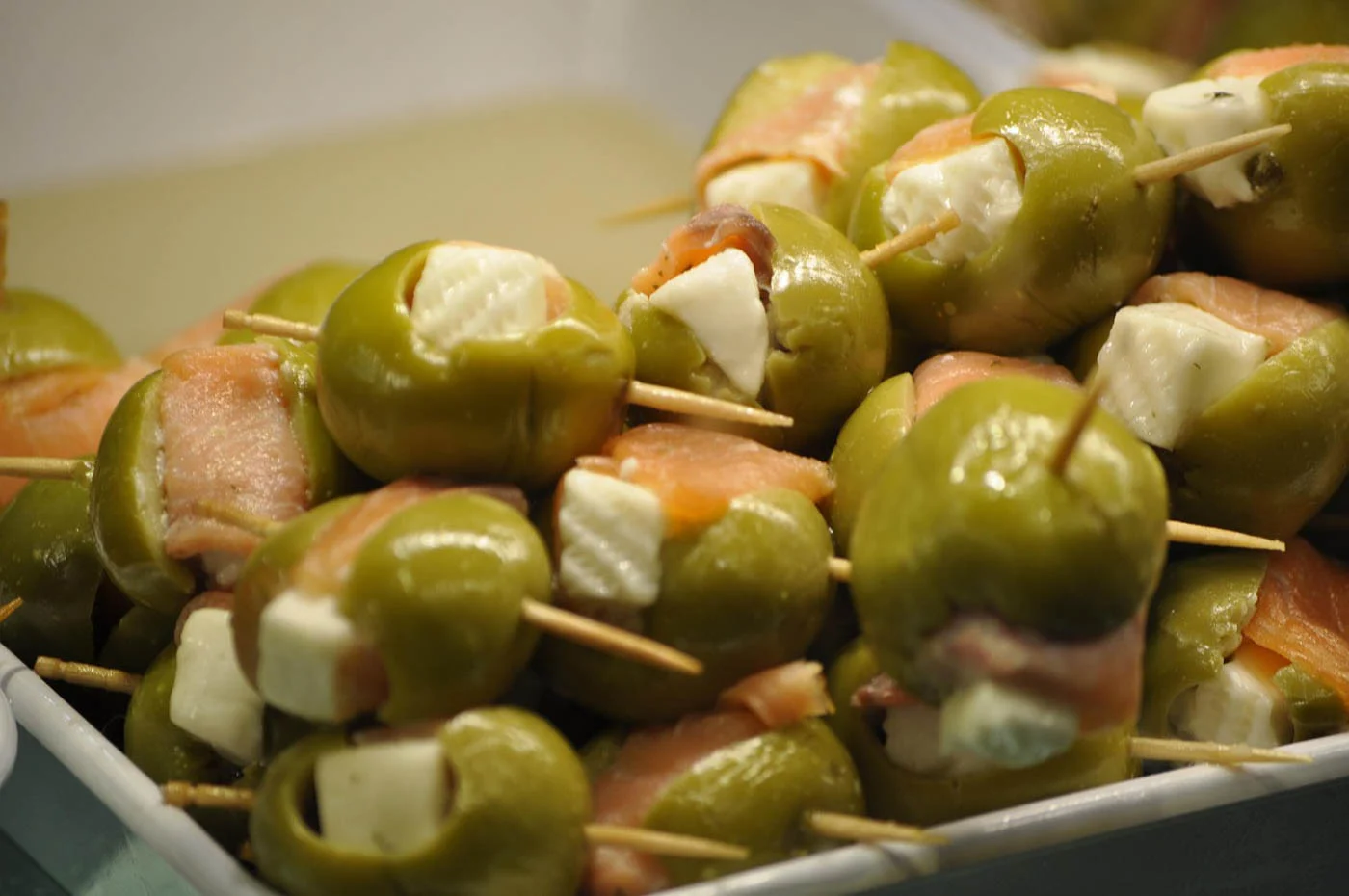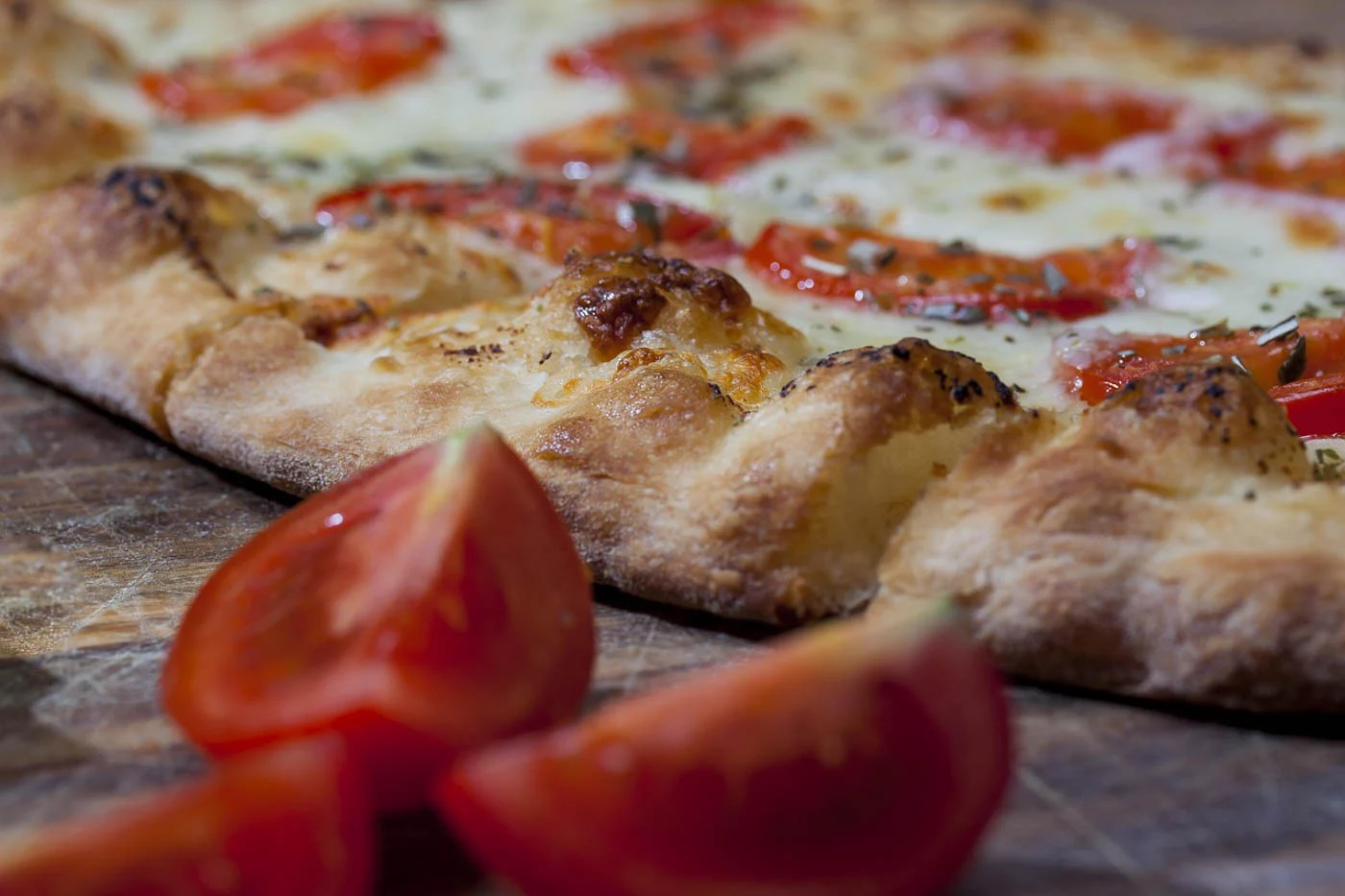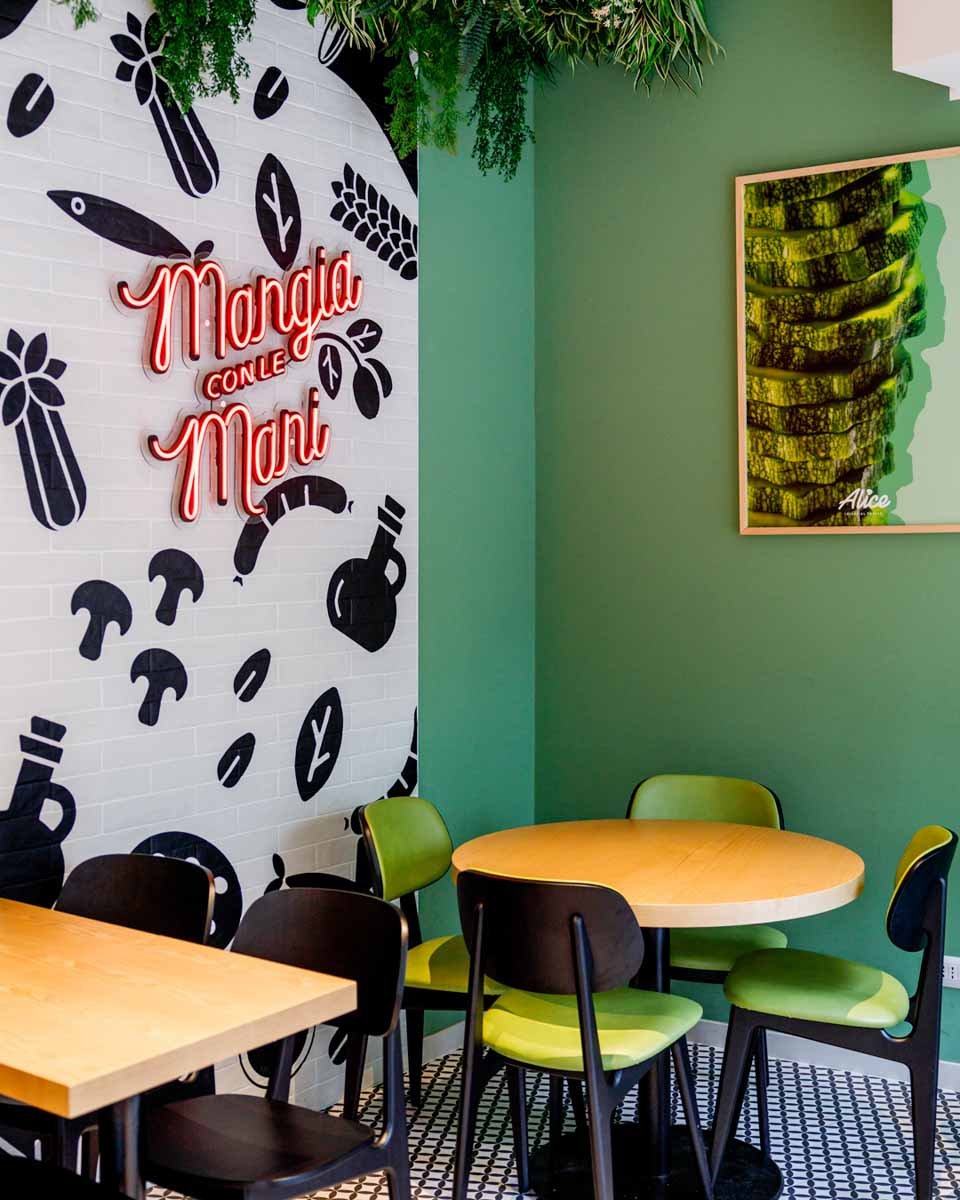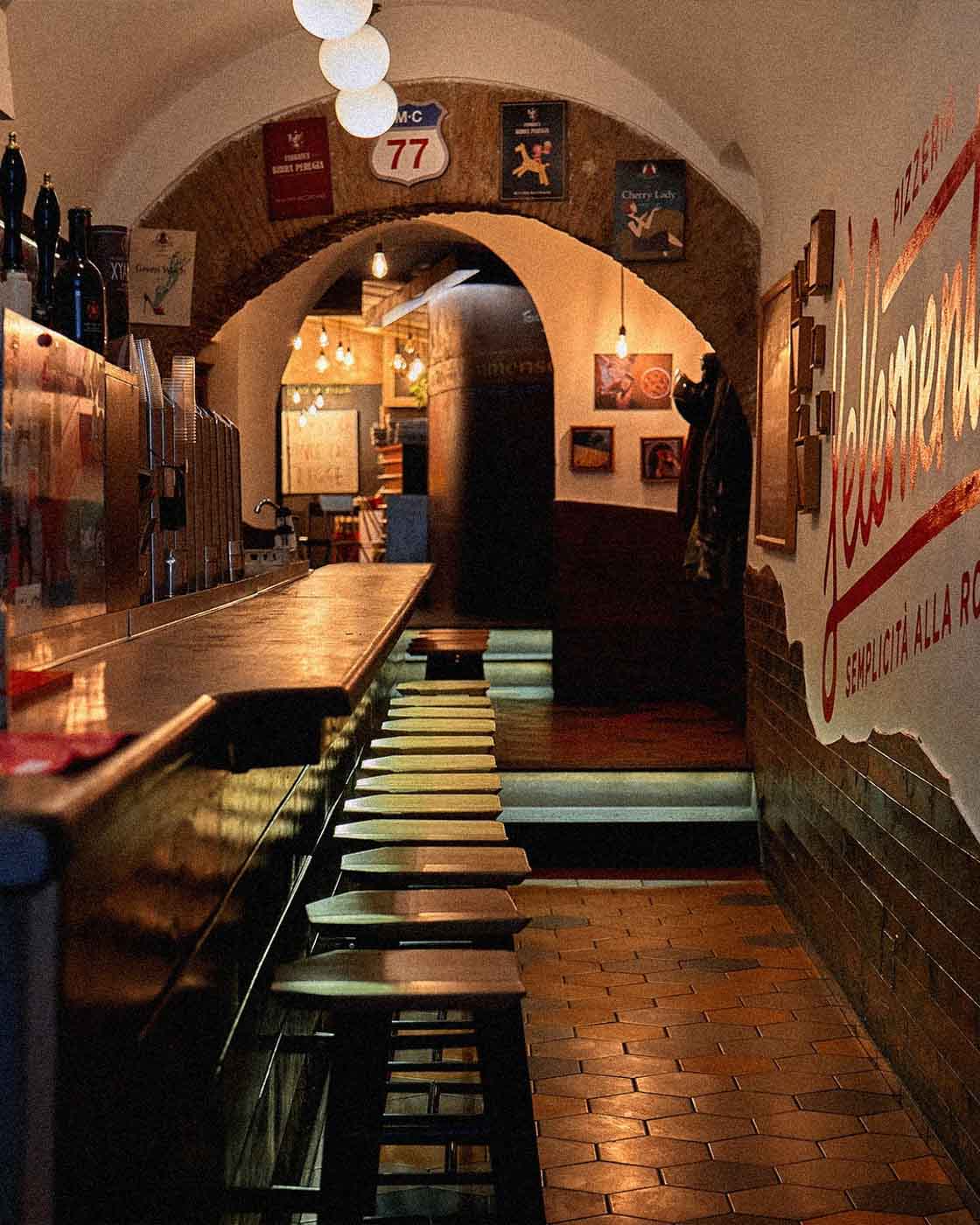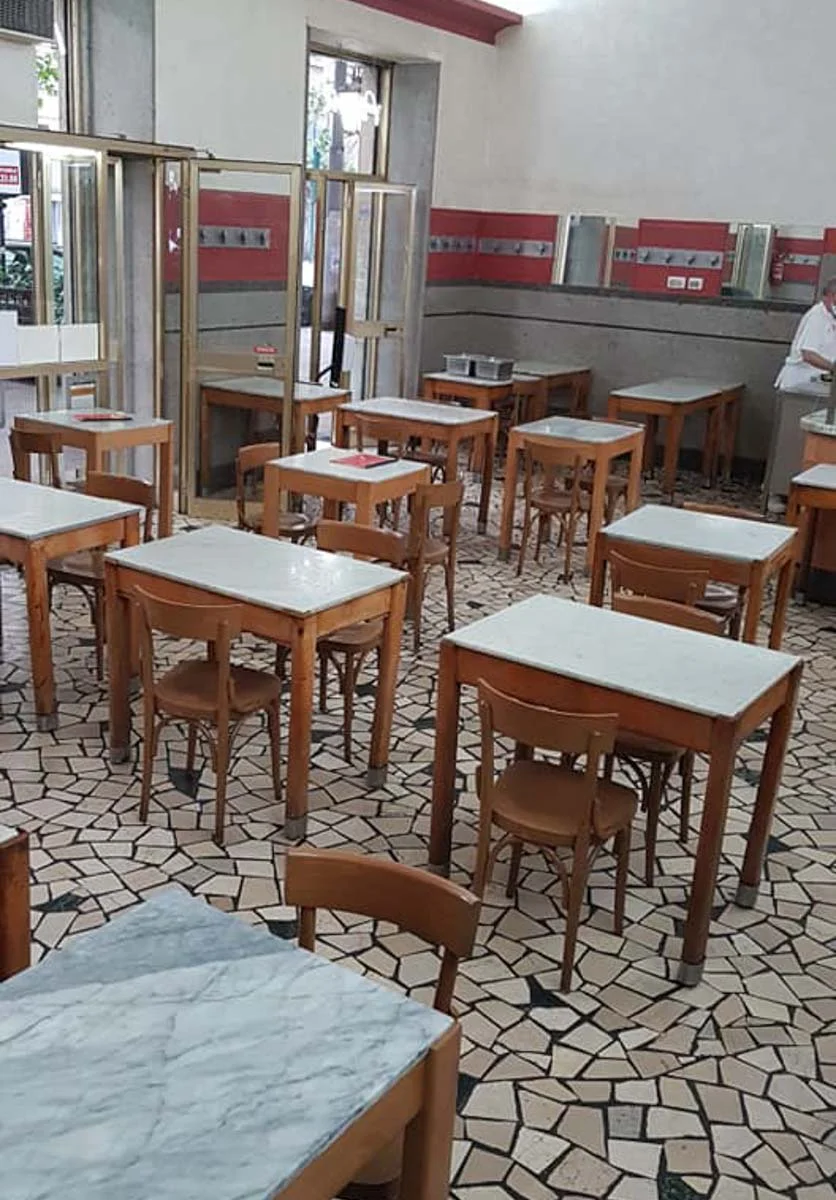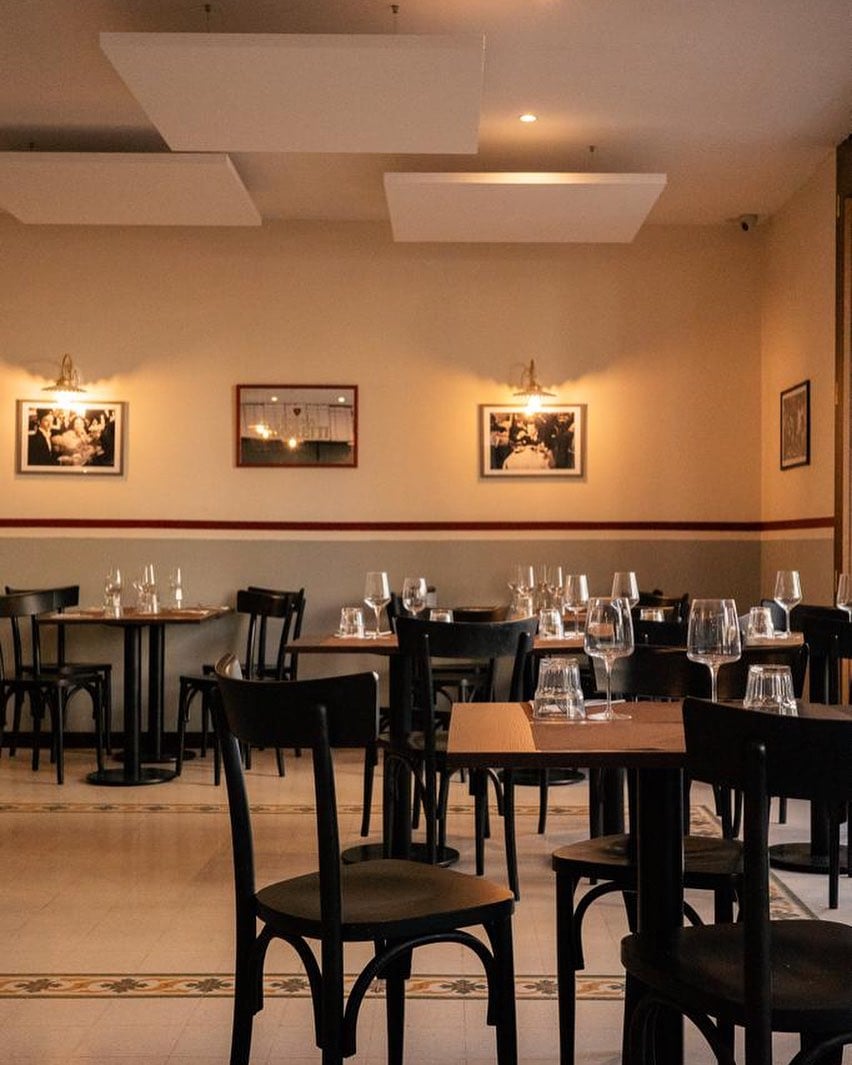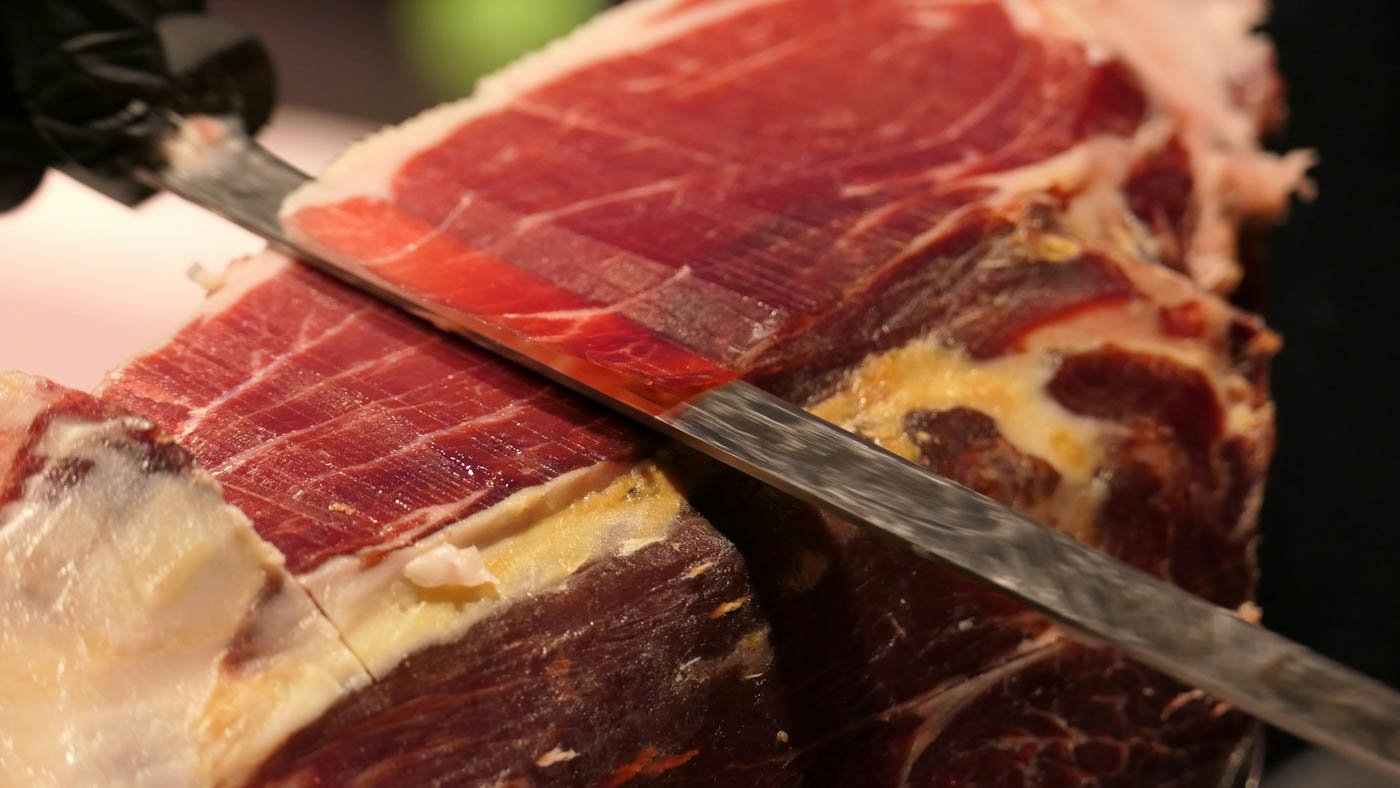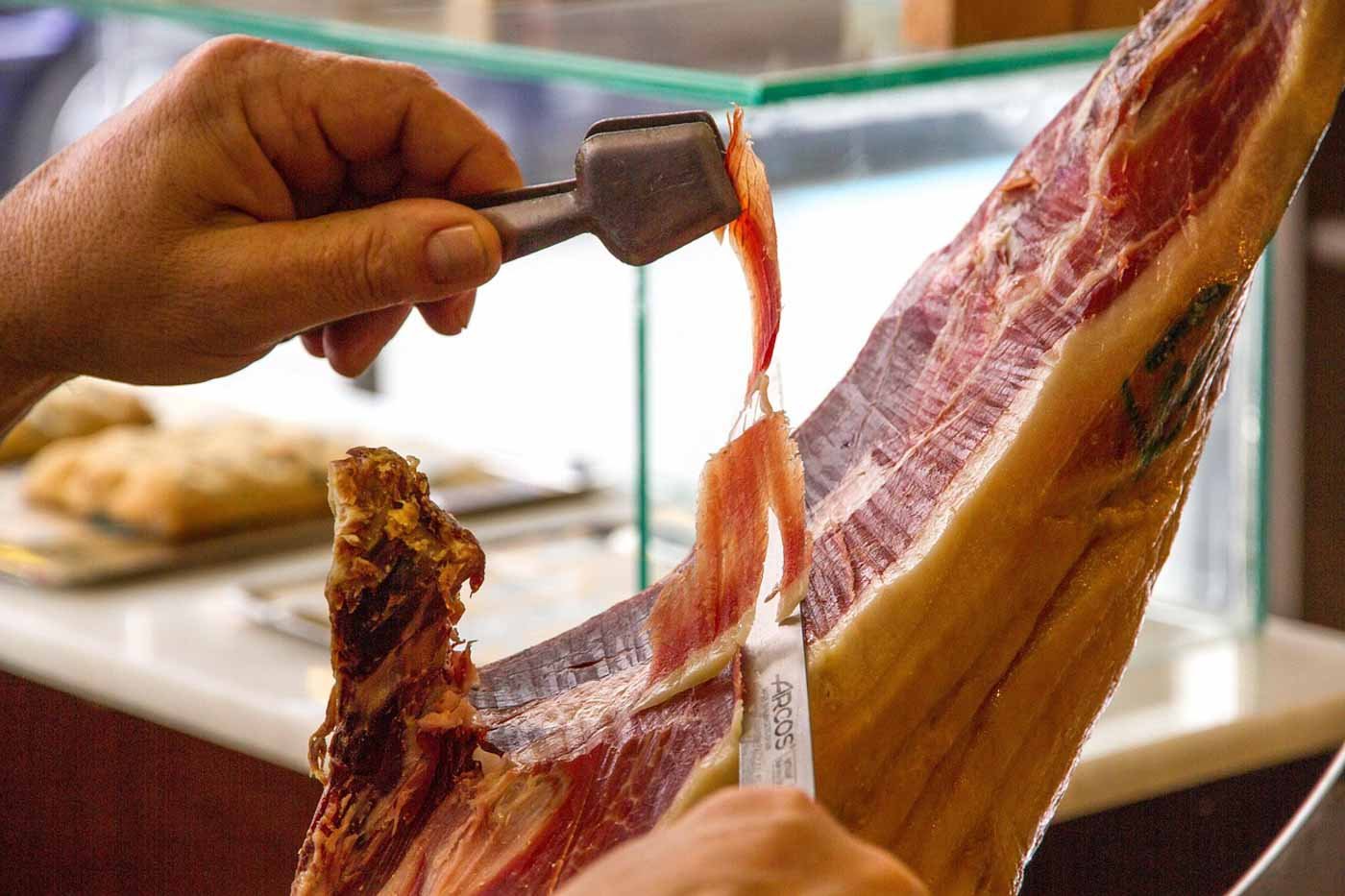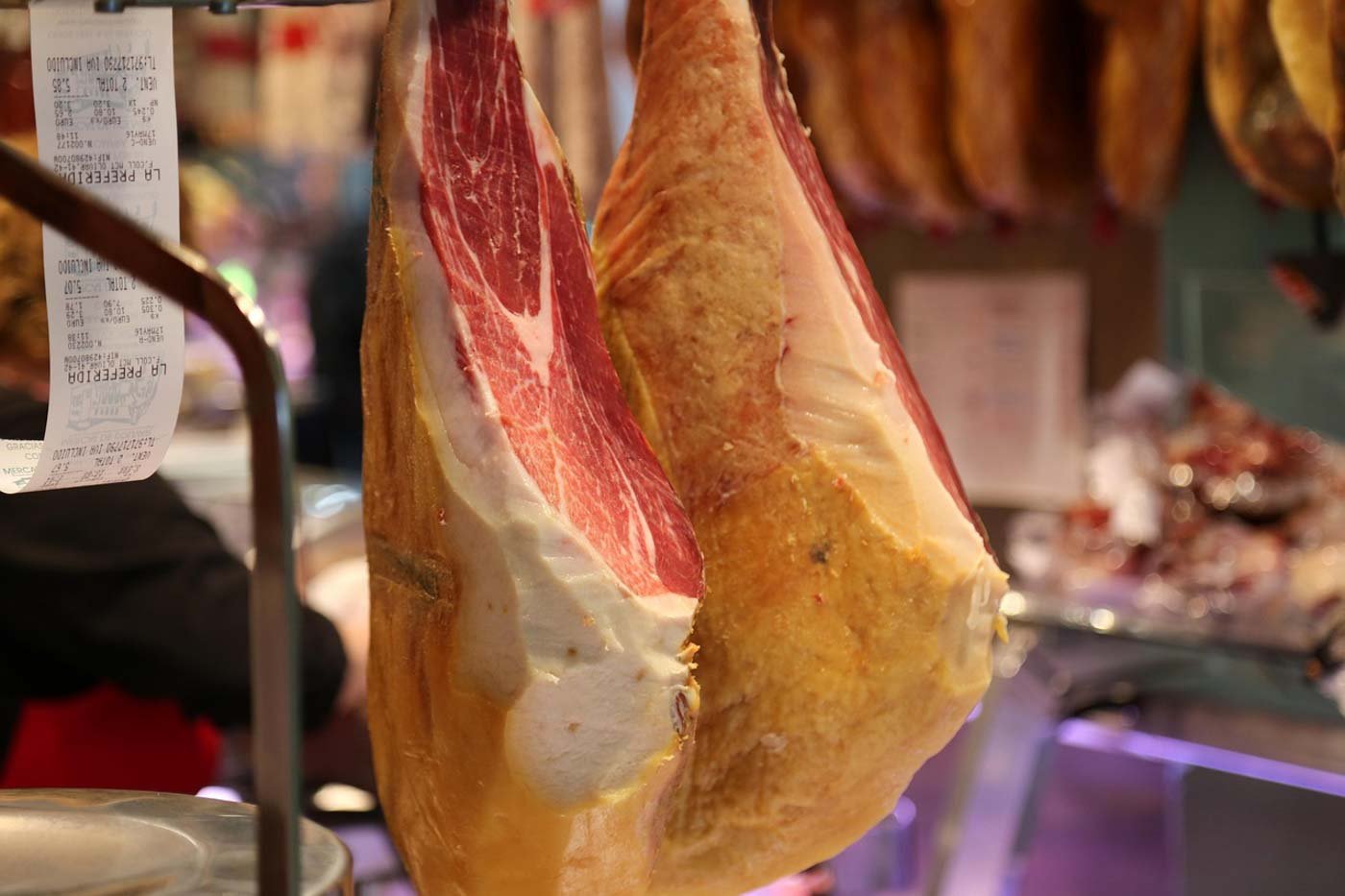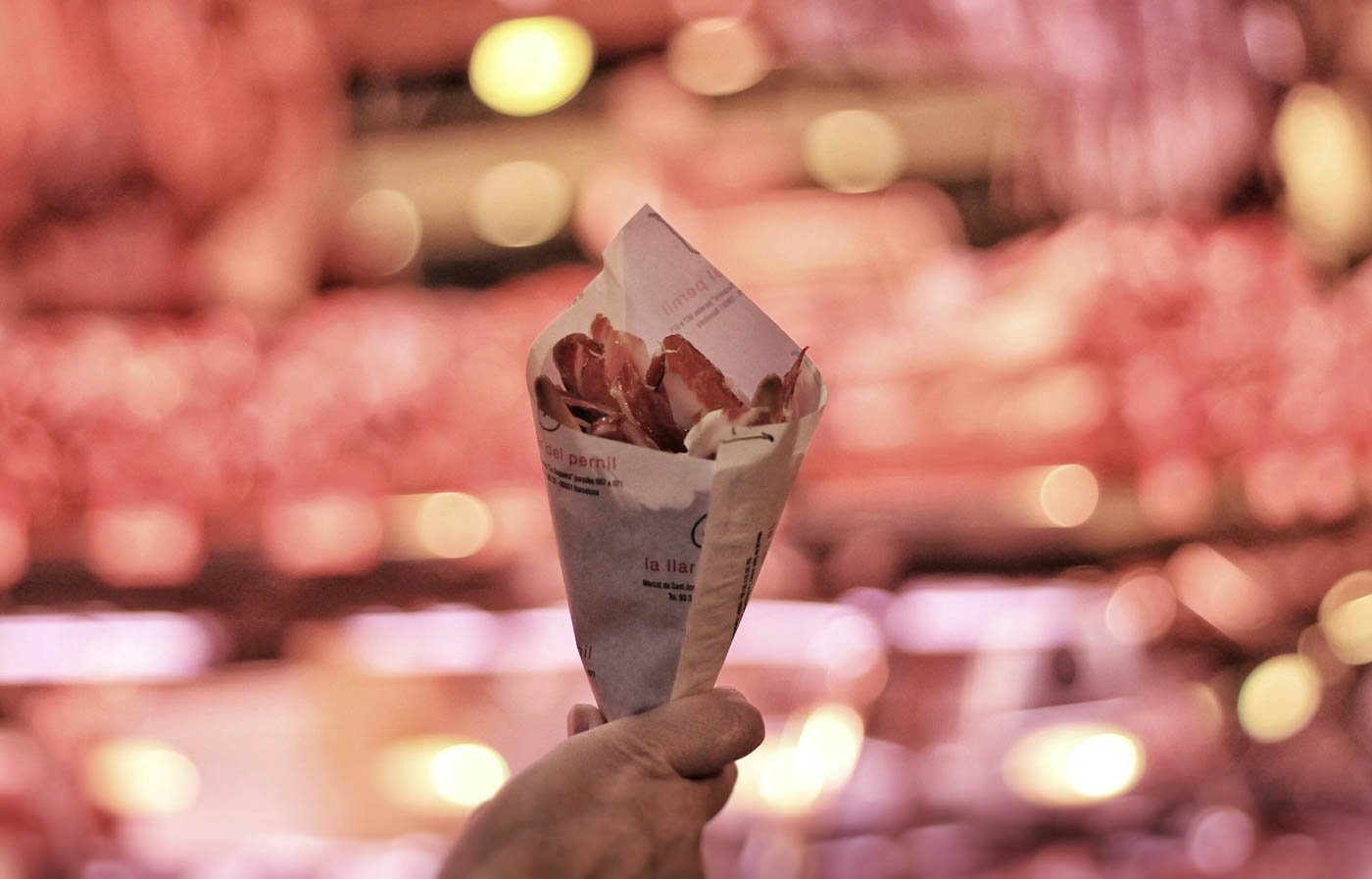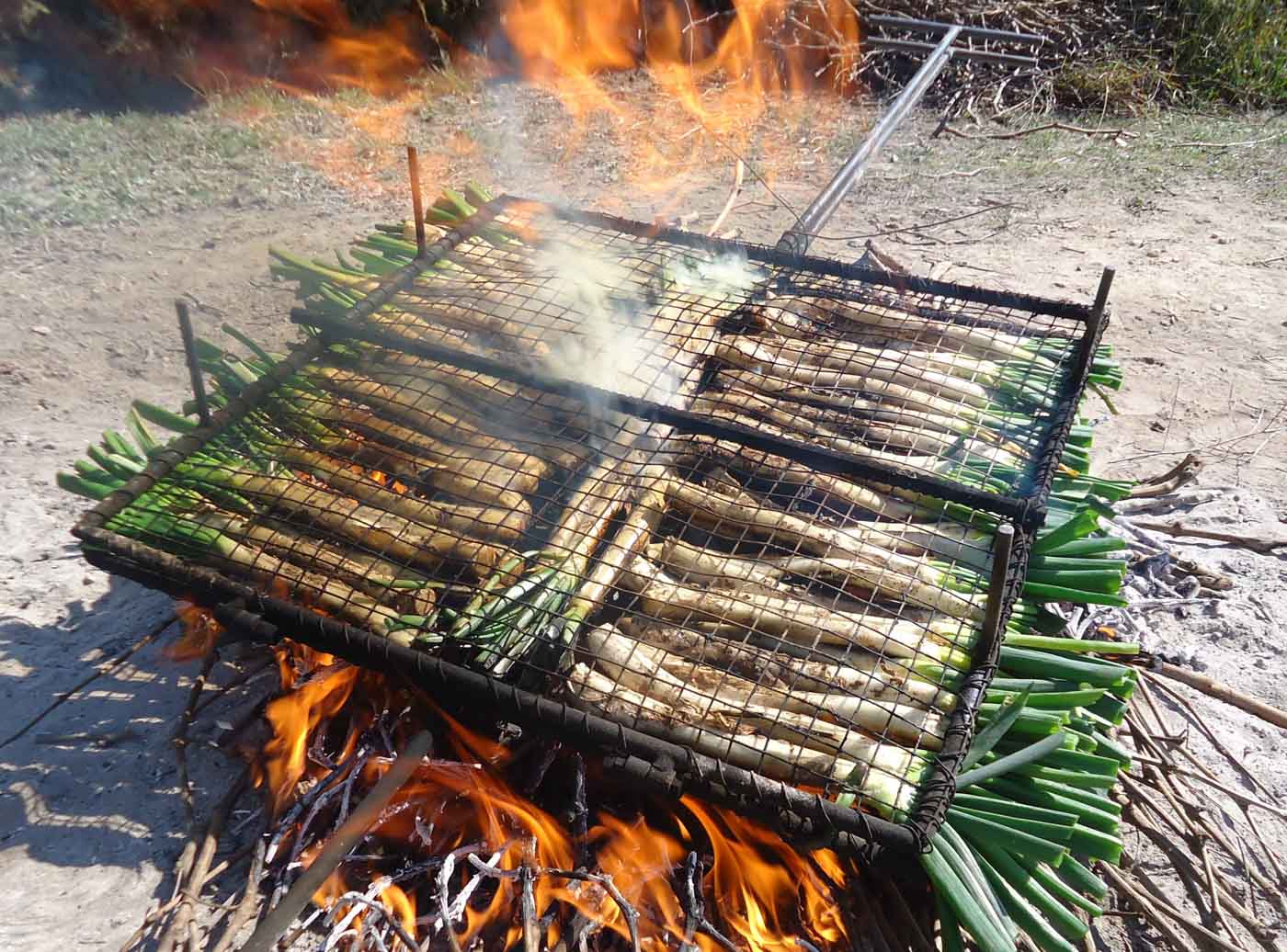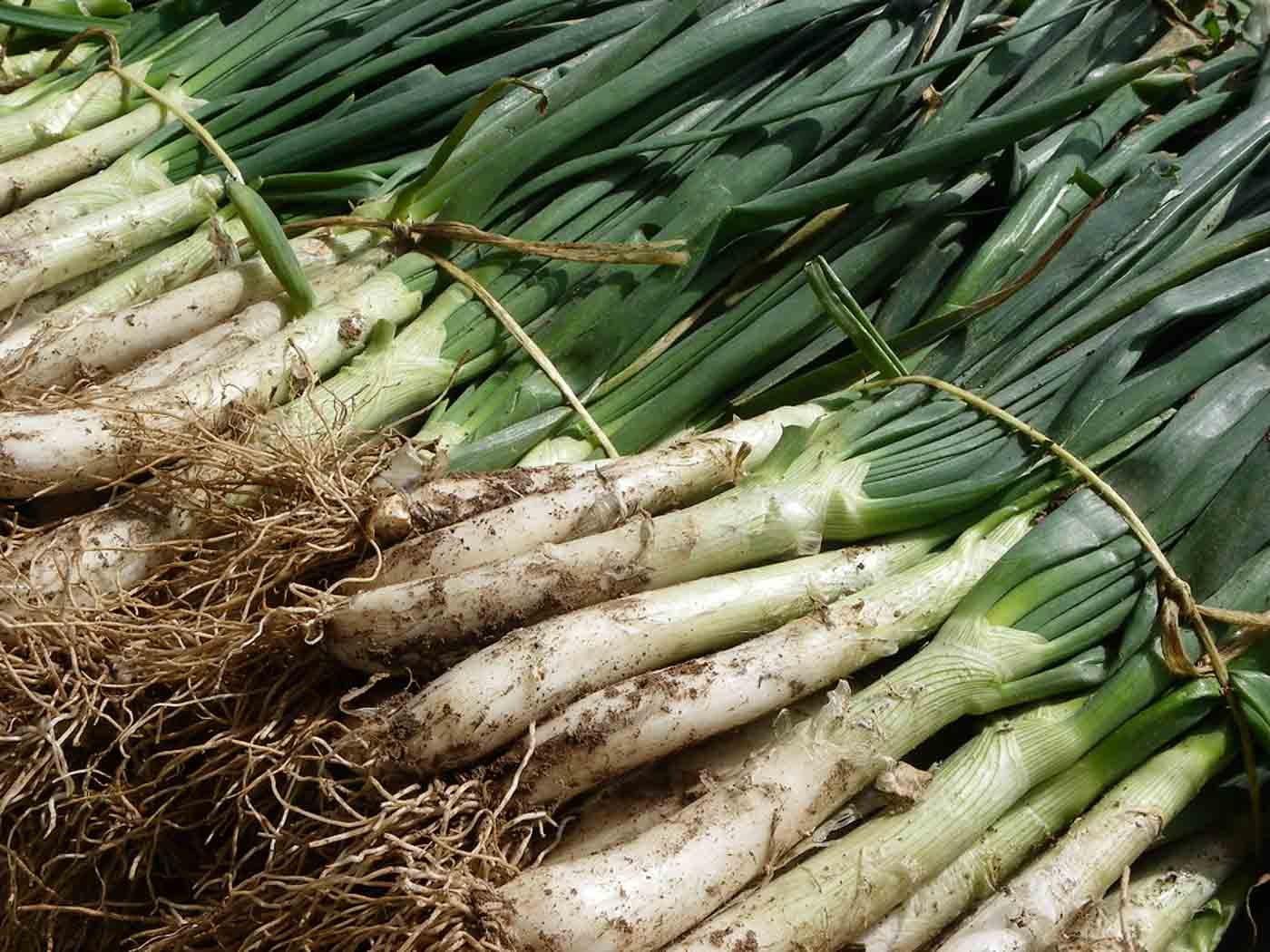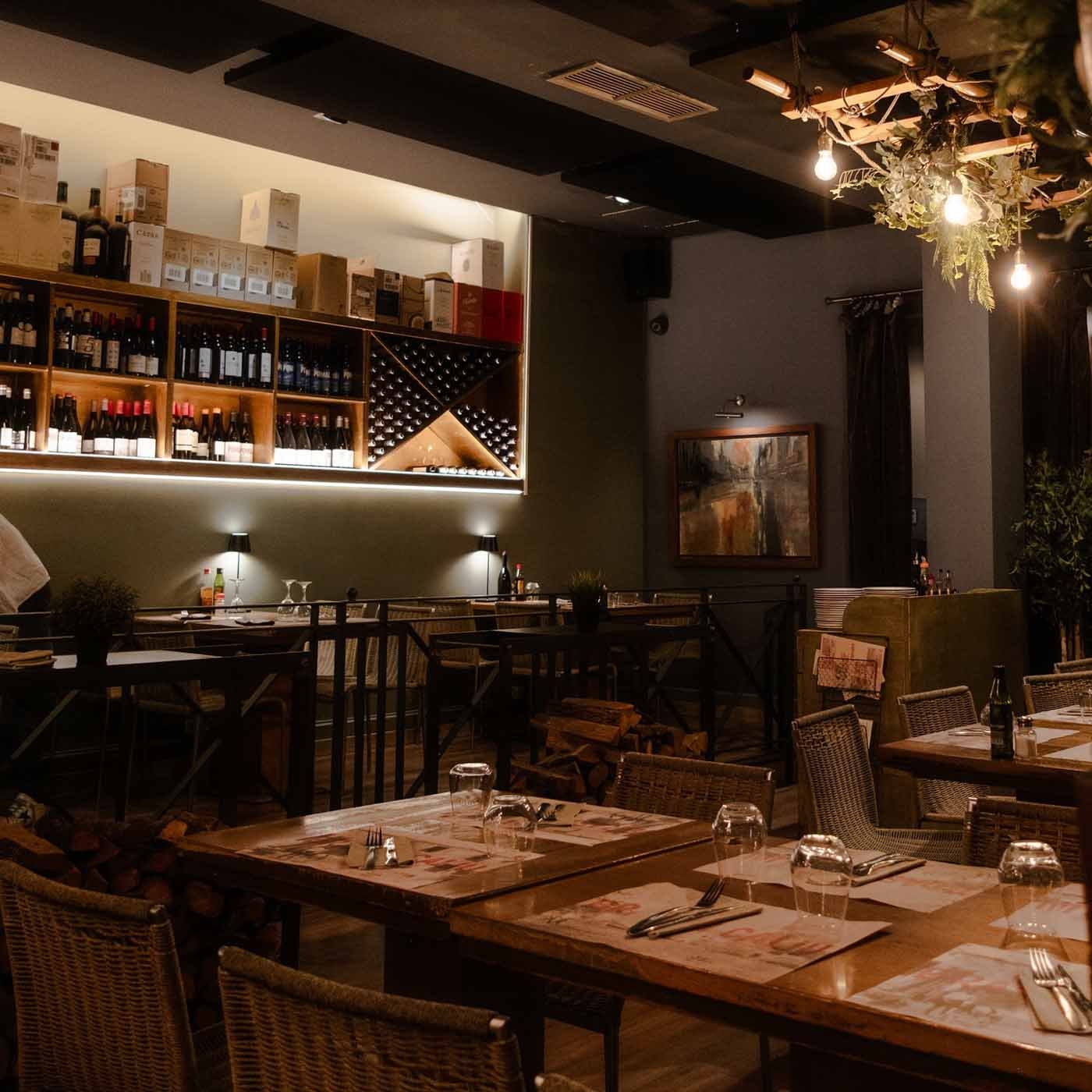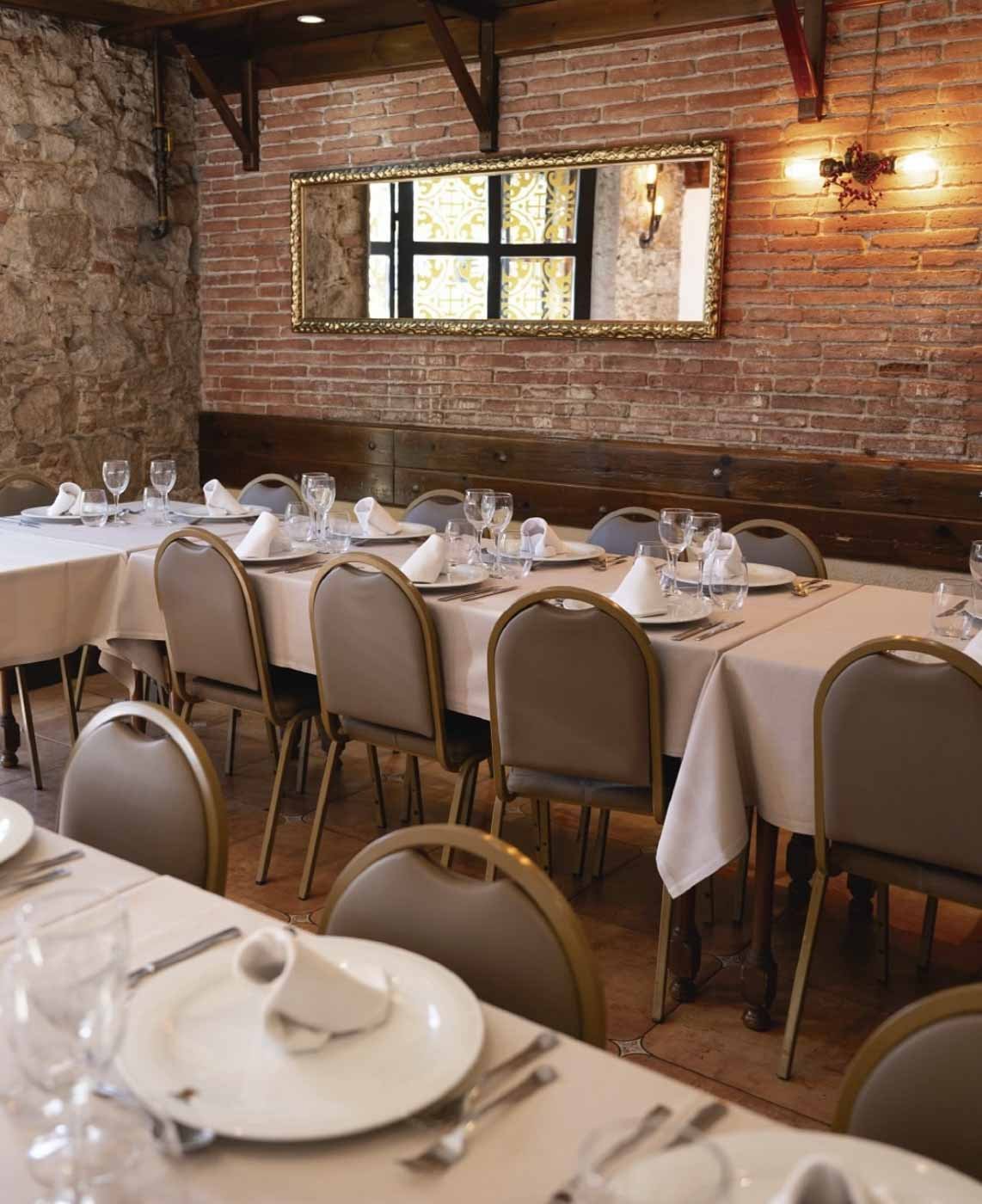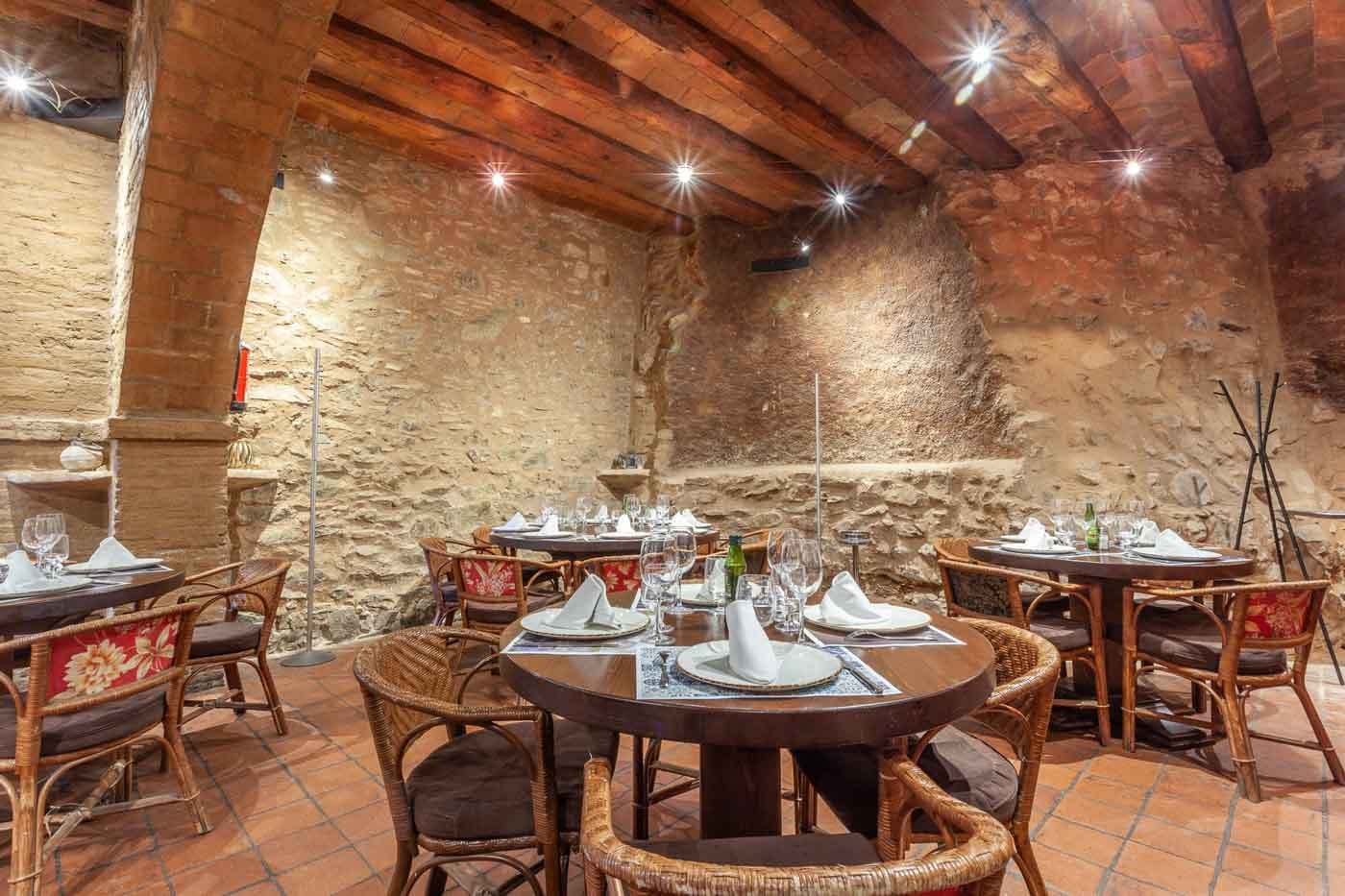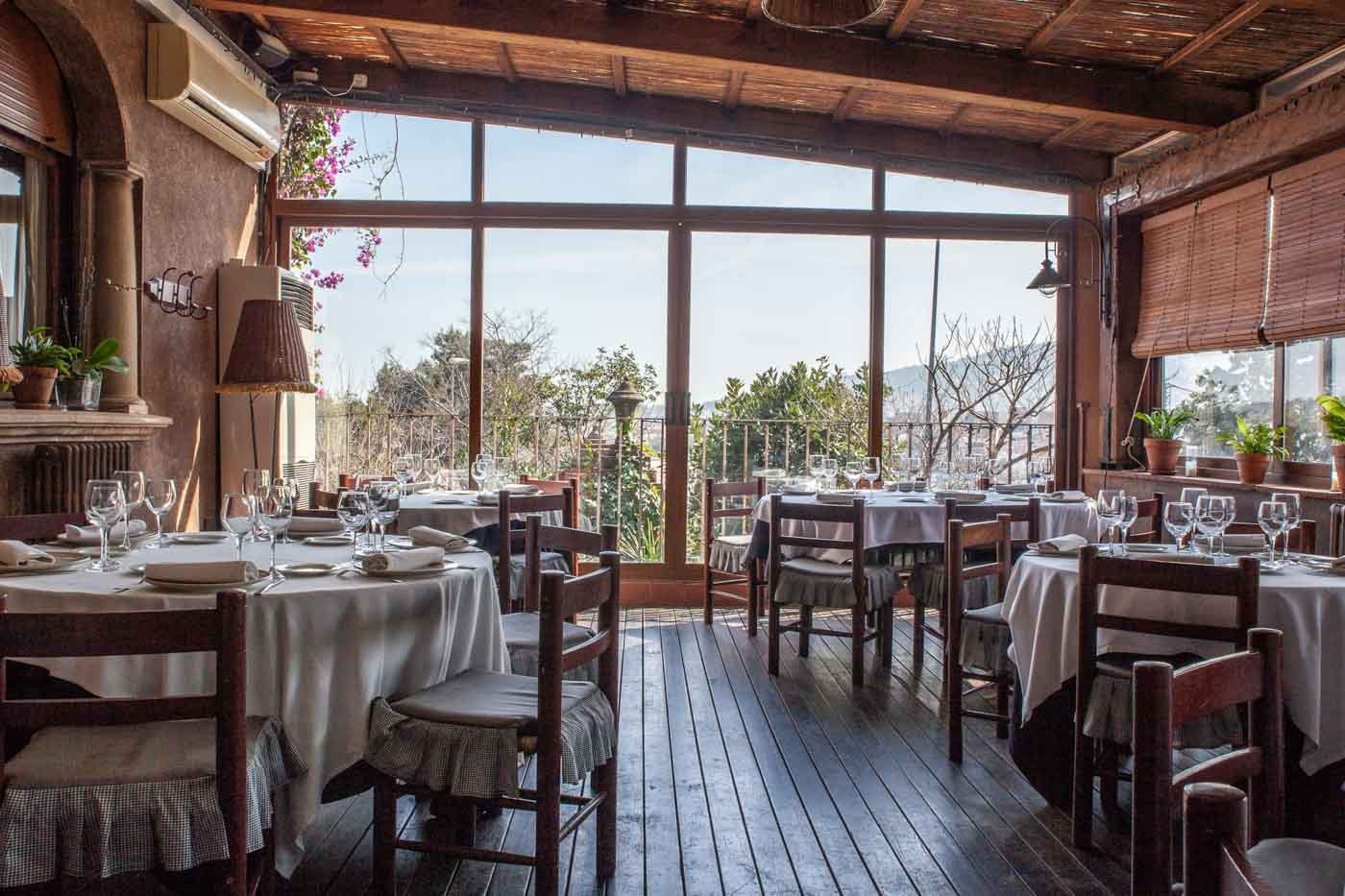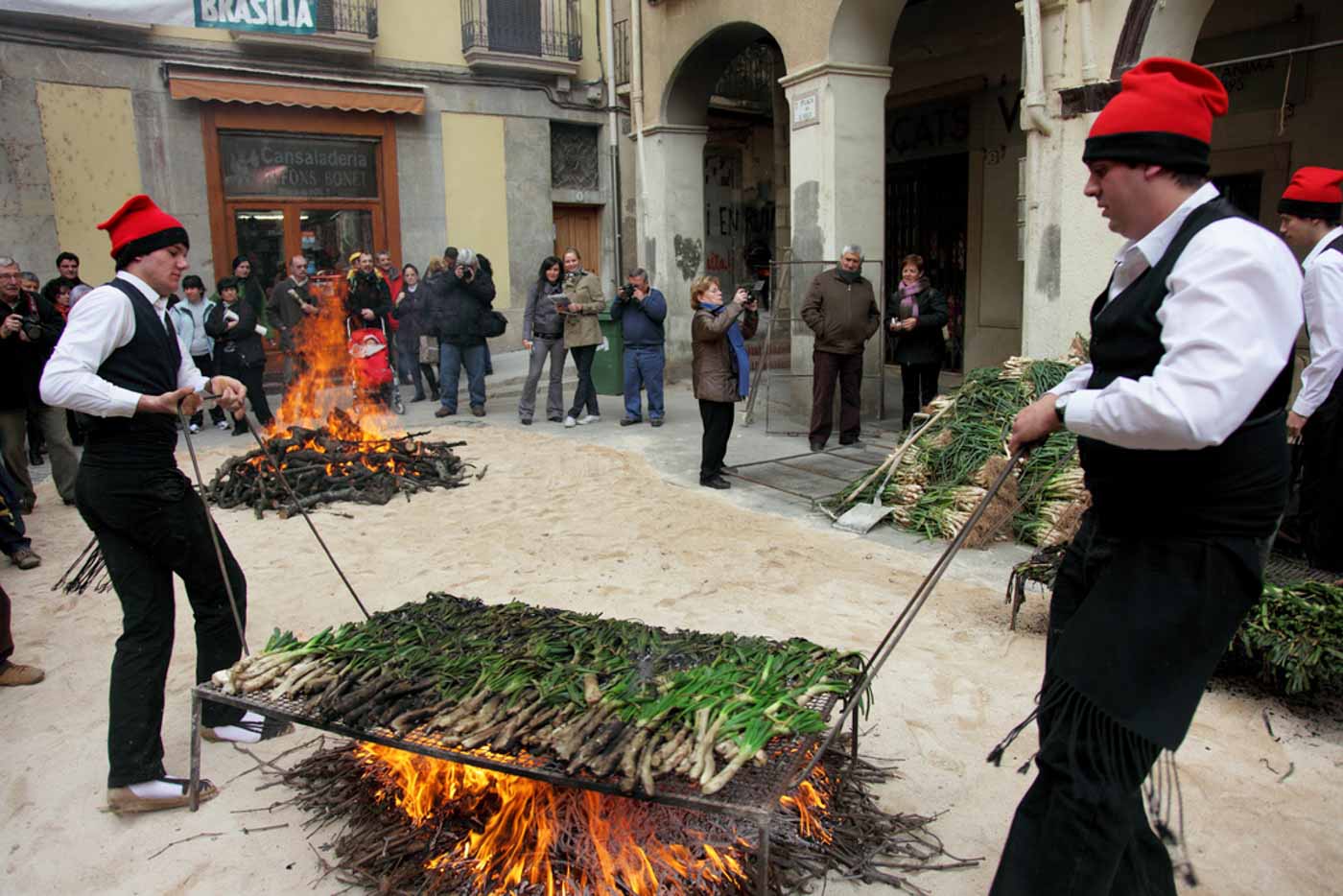You’ll have a difficult time finding a city in Spain with a wine culture that can rival that of the Catalan capital. I might gush a lot about the many must-try foods in Barcelona, but in reality, I think the Barcelona wines deserve just as much praise!
Naturally, wines are a mainstay on my Barcelona food tours, not just for their exquisite flavors and finishes but for their cultural significance. Nonetheless, gaining an understanding of Catalonia wines can be quite a challenge, as there are so many distinct styles and varieties on the market.
To help you seamlessly navigate the world of Barcelona wines, I’ve crafted this practical guide, packed with insights about local traditions, nearby wine regions, and can’t-miss experiences.
What Makes Catalonia’s Wines Unique?
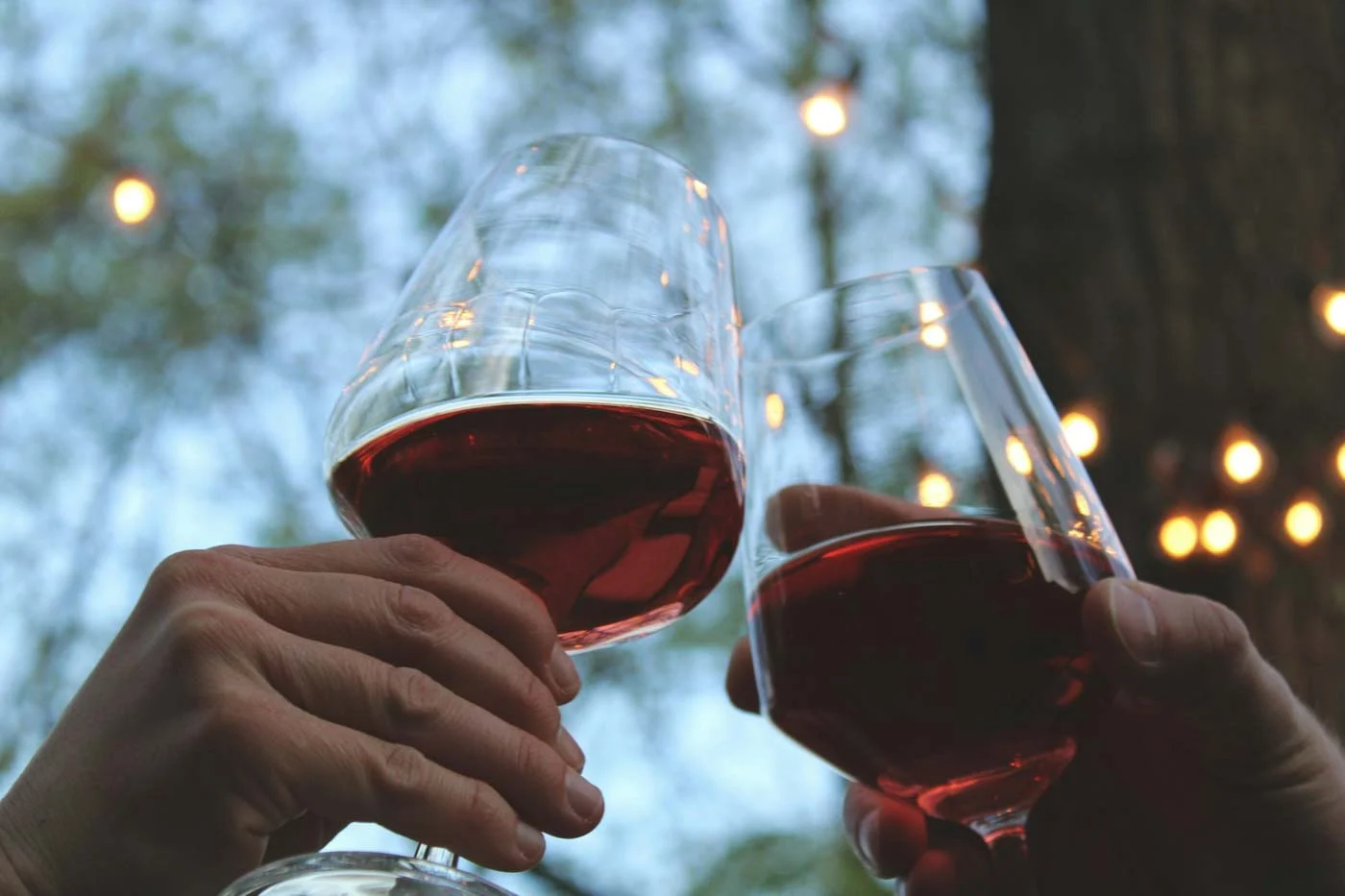
There’s no denying that Spain boasts some superb wine regions. However, considering one of the country’s only two DOC (Denominación de Origen Calificada) wine-producing areas is located in Catalonia, it’s safe to say it’s the cream of the crop. Such a classification is only awarded to appellations of an exceptionally high standard, which in Catalonia’s case, is Priorat.
While Priorat, famous for its sublime reds, is the most prestigious place of its kind in the area, almost a dozen other Catalan and Barcelona wine regions have achieved DO (Denomination of Origin) status. This includes renowned spots like Empordà, Tarragona, Costers del Segre, and Penedès, the largest wine region in Catalonia.
The climate and geography of Catalonia have a massive influence on the type of wines produced in the wider region. Although it’s dwarfed by many of Spain’s larger autonomous communities, Catalonia’s diverse landscapes have made it a hotspot for a wide variety of wines.
That, coupled with its Mediterranean climate and proximity to France and its time-honored wine-making techniques, makes Catalonia a one-of-a-kind wine region.
The Wine Scene in Barcelona: Where Wine Meets Everyday Life
In Barcelona, wine is readily available in all kinds of venues, from relaxed bodegas and bars to upmarket rooftop terraces. Whether you’re looking for an intimate spot for some tapas and wine pairings or keen to visit a vibrant haunt at lunch to enjoy vermouth hour, you won’t have to stray too far.
If it’s a cozy, laid-back affair you want, I suggest you swing by Cellarer Wine Bar. It’s an upscale wine bar, yet it still oozes with old-world allure. Both the tapas and wine menus are terrific, and in my experience, it’s best to ask the staff for recommendations based on their current offerings.
Vivinos is another Barcelona wine bar that I can’t wait to revisit. Their sommelier-led tastings put this chic and airy spot on the map, but what I really loved was their four-course food and wine pairing.
For something a little more casual, the hip and trendy PetNat is an excellent option. Natural wines are what these guys do best, and the staff were super helpful and provided a ton of suggestions based on my preferences.
Essential Barcelona Wine Styles to Try
Barcelona has a pretty incredible line-up of wines, but there’s a handful that I think every aspiring wine connoisseur has to try at least once! Some notable wine varietals and styles that I recommend you try include:

Cava – At the heart of Catalonia’s wine history and culture is cava, a zesty sparkling white wine with a crisp finish.
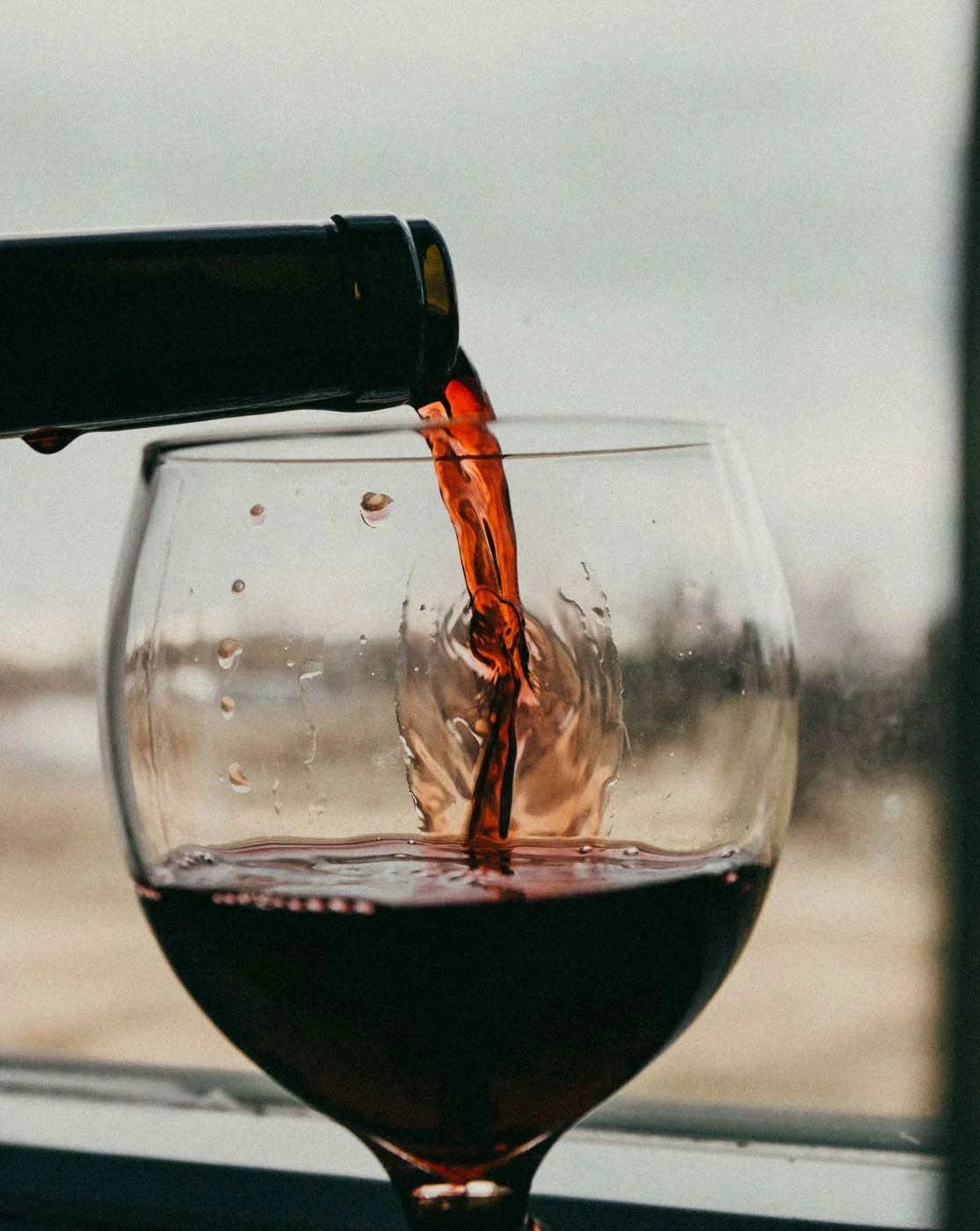
Priorat Reds – One of the most famous Catalan wines, Priorat reds are famed for their smooth mouthfeel, balanced acidity, and fruity undertones.

Penedès Whites – Whites from this legendary region have a varied flavor profile that blends floral notes, a hint of sourness, and fresh aromas.
Empordà Wines – This coastal region produces bright white wines with zingy peach and melon notes and intense, herbaceous reds with subtle touches of oak and dark fruits.

Rosés – Rosé is a staple on the Barcelona wine scene thanks to its lively, acidic nature and refreshing berry notes.
Organic Wines – Otherwise known as natural or biodynamic wines, organic varieties have become increasingly popular and often have a more complex, minerally flavor profile.
Savoring Wine in Barcelona: Experiences You Shouldn’t Miss
Wine tourism in Barcelona is booming, meaning there are countless experiences for budding sommeliers and wine lovers to enjoy.
- Tasting sessions: Dozens of Barcelona wine bars offer tastings, many of which can be tailored to your tastes. Salut Wine Studio is a gorgeous spot for classic wines, while Wine Factory is a great alternative for lesser-known varieties.
- Tapas and wine pairings: Enjoy a range of Catalan wines and dishes from the curated menus at bars like Brugarol Barcelona and Faire Tapas & Wine.
- Flamenco shows: Explore the world of flamenco while sipping on some delectable wines at theaters like Tablao de Carmen and Los Tarantos.
- Vineyard or winery day trips: Learn about Barcelona wines while touring the vineyards and cellars of acclaimed wineries like Alta Alella or Caves Codorniu.
Buying Wine in Barcelona Like a Local
Barcelona has some fantastic wine shops, but there are a few things you should know before you venture inside to ensure you secure the right wine for you.
- Many supermarkets have substantial wine selections, but it’s often easier to find what you’re looking for in a wine shop with expert staff.
- Always check the labels carefully if you want to sample Catalan wines specifically. Look out for wines from regions like Penedès, Montsant, and Terra Alta.
- If you tend to reach for red wines, team them with cured meats like jamón ibérico or chorizo. Those who prefer white wines should try snacks like soft cheeses or olives.
- Should you find yourself doing some souvenir shopping, consider picking up iconic varieties like cava or a Priorat red.
Final Thoughts: Sip into Barcelona’s Soul
Sipping on quality Barcelona wines is a cultural encounter, and the diverse flavor profiles and textural complexities certainly make it a much more enjoyable one! Wine in Barcelona, whether it be of a notable or lesser-known variety, isn’t just a drink; it’s an experience.
Sources:
Eating Europe. (n.d.). Barcelona food tours. Eating Europe. Retrieved May 10, 2025, from https://www.eatingeurope.com/barcelona/
Eating Europe. (n.d.). Barcelona food guide: What & where to eat in Barcelona. Eating Europe. Retrieved May 10, 2025, from https://www.eatingeurope.com/blog/barcelona-food/
Cellarer Wine Bar. (n.d.). Restaurante Cellarer Barcelona. Retrieved May 10, 2025, from https://www.cellarerwinebar.com/en/
Vivinos. (n.d.). Welcome to Vivinos Barcelona. Retrieved May 10, 2025, from https://vivinos.com/
Pet Nat Barcelona. (n.d.). Pet Nat Barcelona (@petnat_barcelona) • Instagram photos and videos. Retrieved May 10, 2025, from https://www.instagram.com/petnat_barcelona/?hl=en
Salut Wine Studio. (n.d.). Salut Wine Studio. Retrieved May 10, 2025, from https://www.salutwinestudio.com/
Wine Factory. (n.d.). Wine Factory. Retrieved May 10, 2025, from https://wine-factory.com/en/home-en/
Brugarol Barcelona. (n.d.). Brugarol Barcelona. Retrieved May 10, 2025, from https://www.brugarolbarcelona.com/
Faire Barcelona. (n.d.). Tapas & wine. Retrieved May 10, 2025, from https://www.fairebarcelona.com/tapas-wine
Tablao de Carmen. (n.d.). Tablao de Carmen. Retrieved May 10, 2025, from https://tablaodecarmen.com/en/
Tarantos Barcelona. (n.d.). Los Tarantos | Flamenco Tablao in Barcelona. Retrieved May 10, 2025, from https://tarantosbarcelona.com/en/
Alta Alella. (n.d.). Visit us. Retrieved May 10, 2025, from https://altaalella.wine/visit-us/
Codorníu. (n.d.). Codorníu. Retrieved May 10, 2025, from https://www.codorniu.com/

